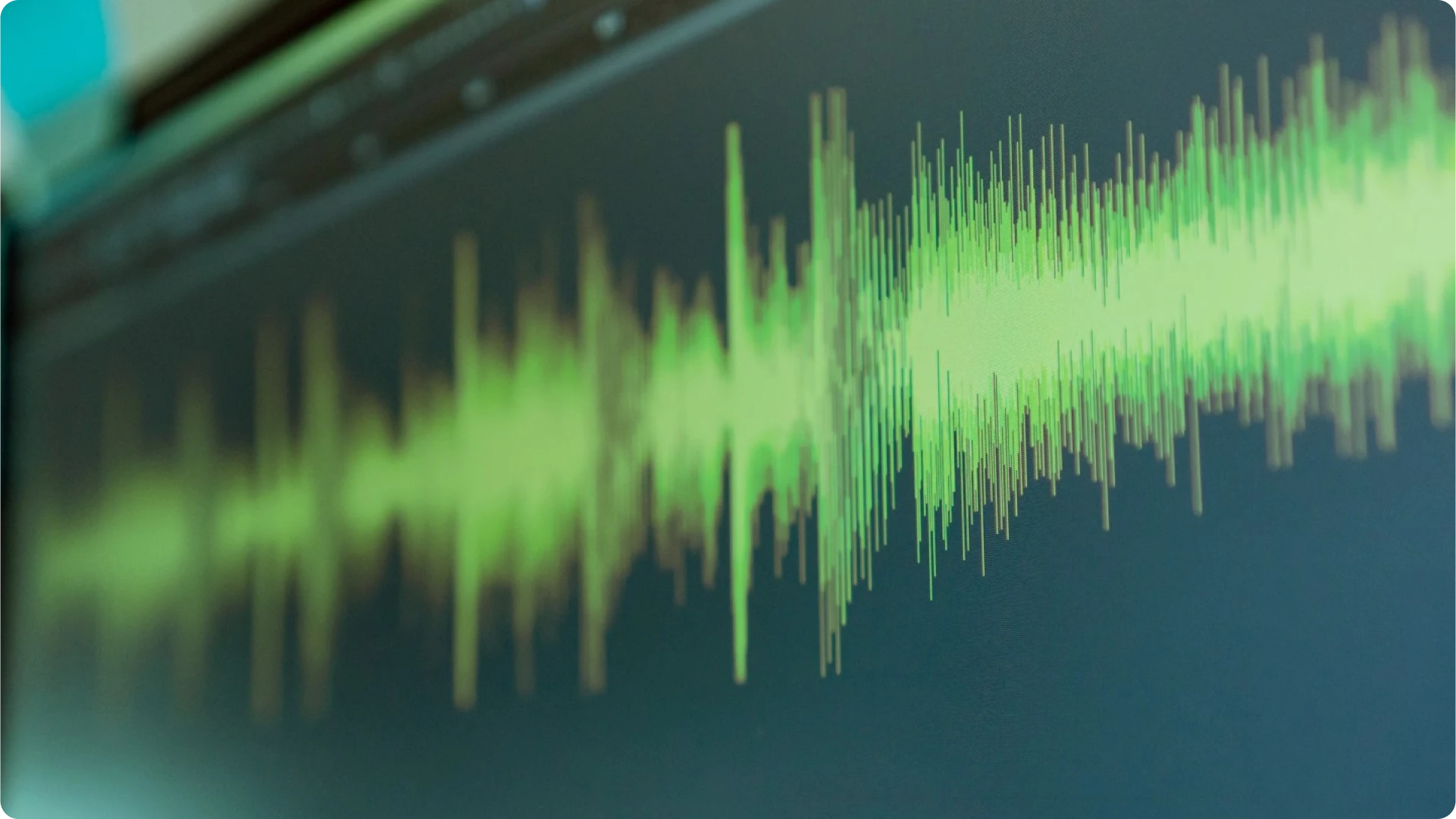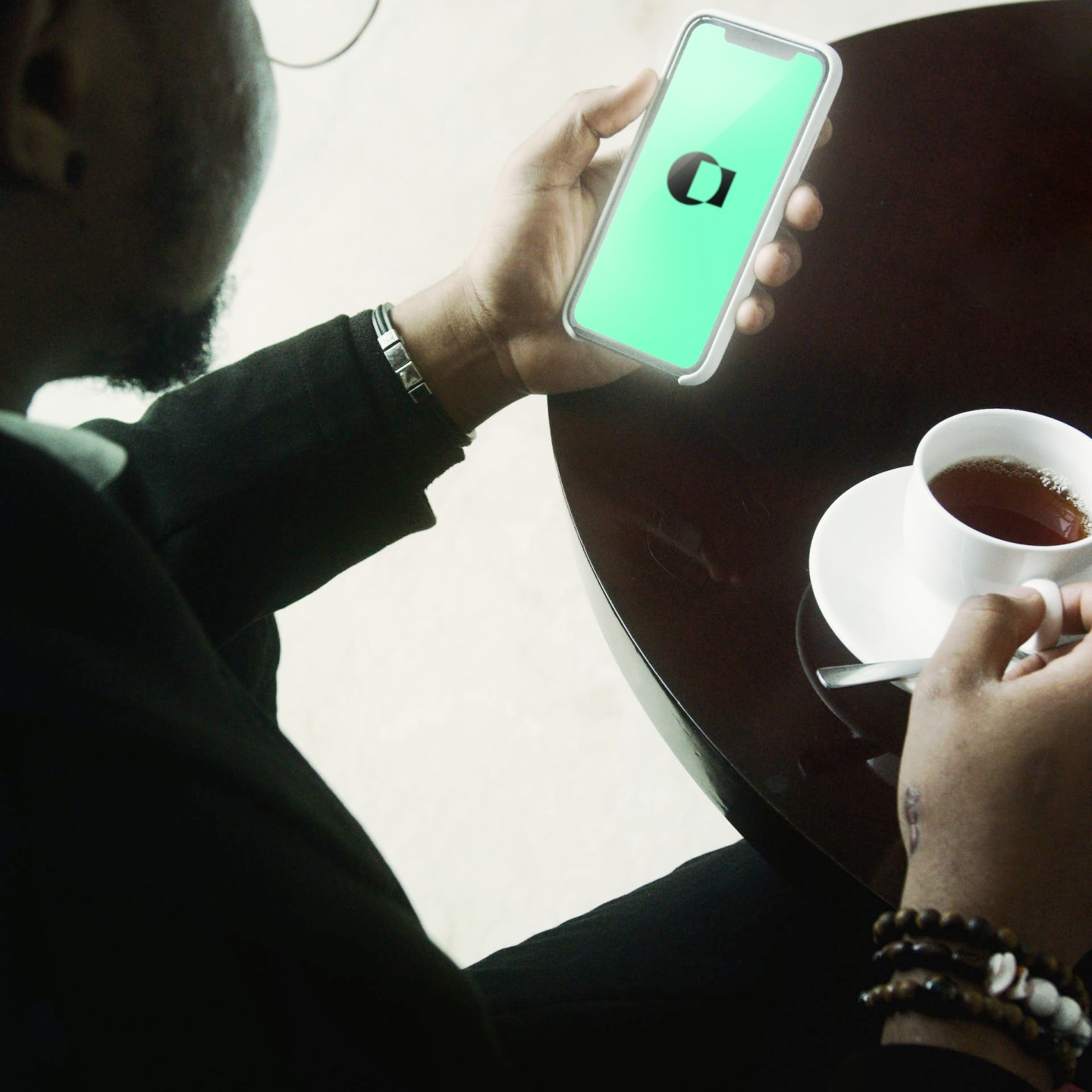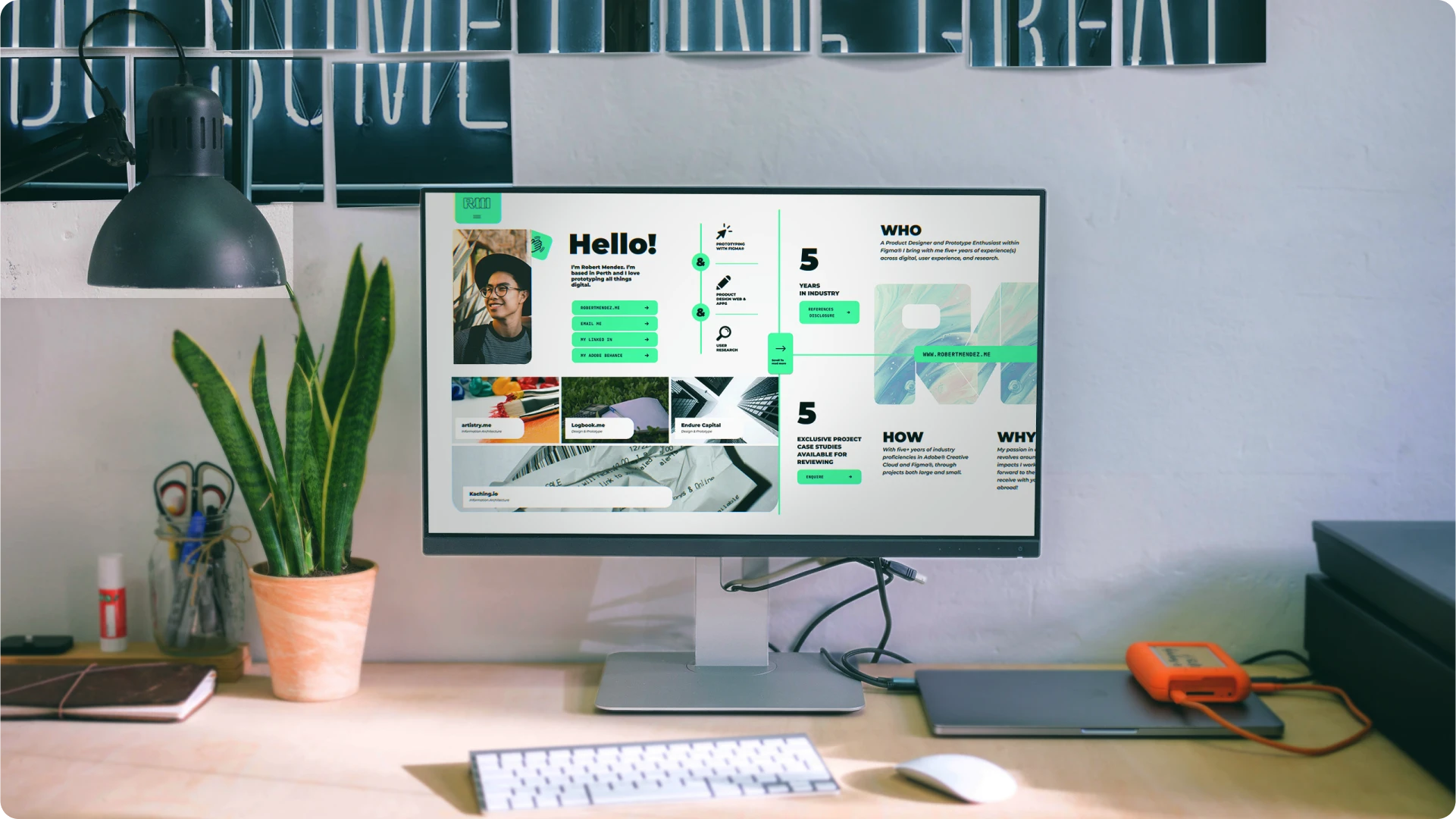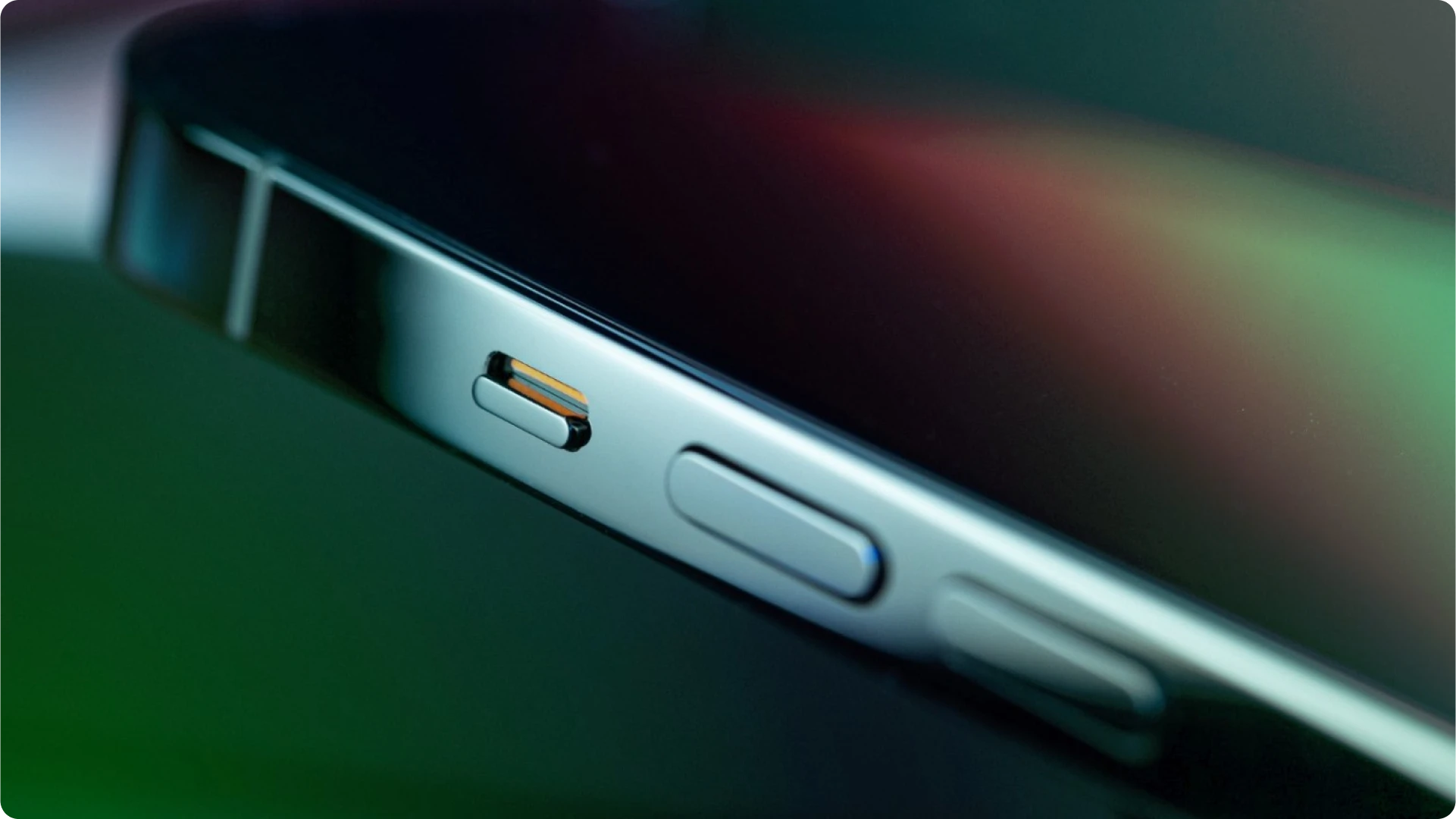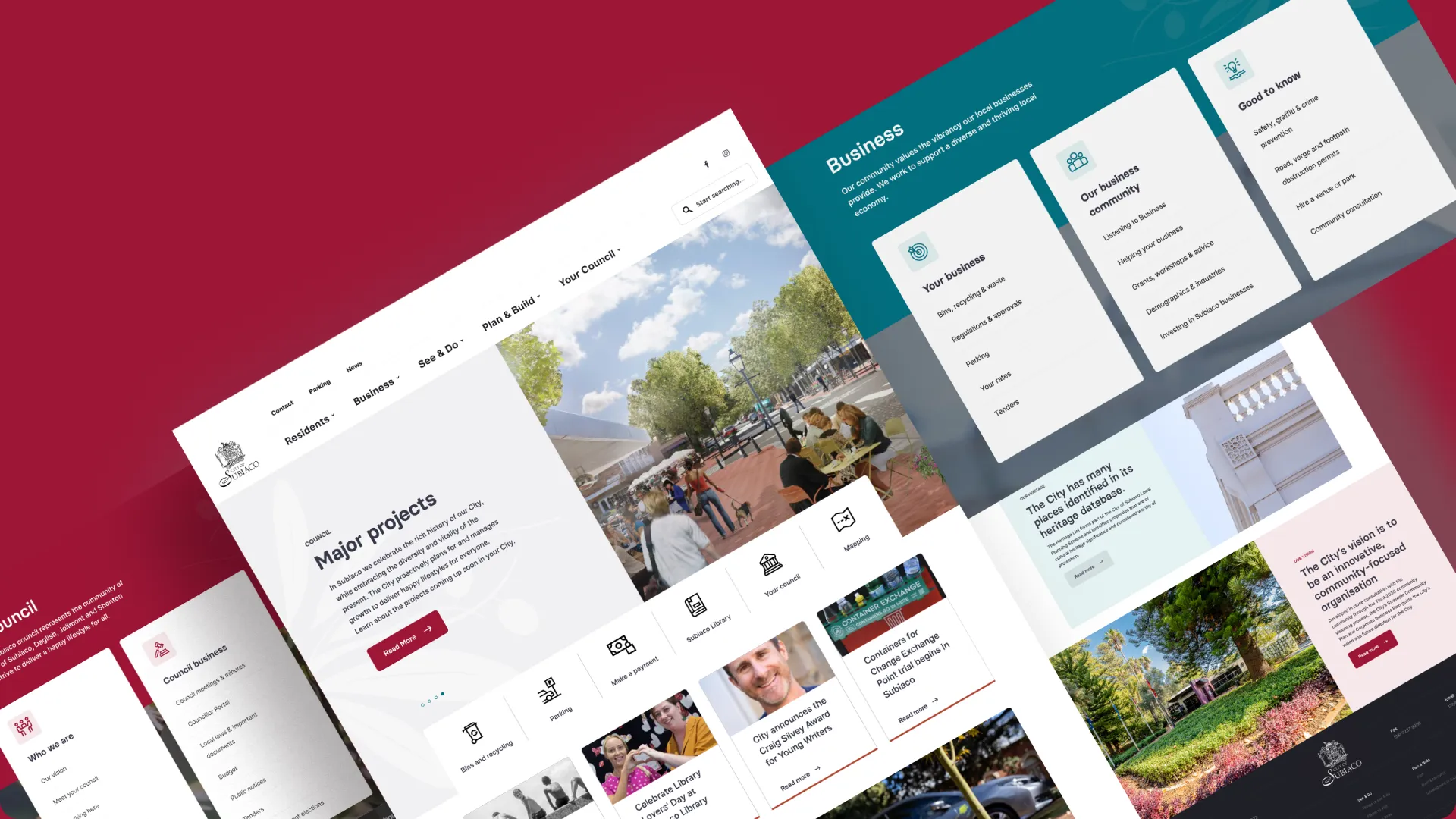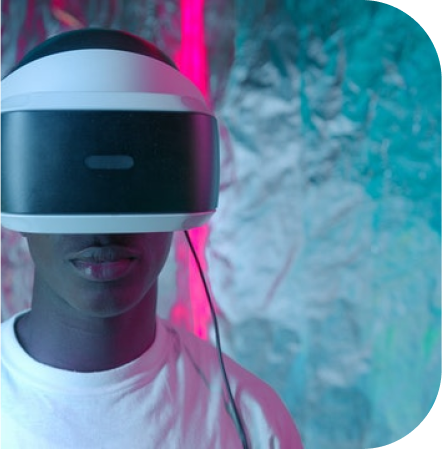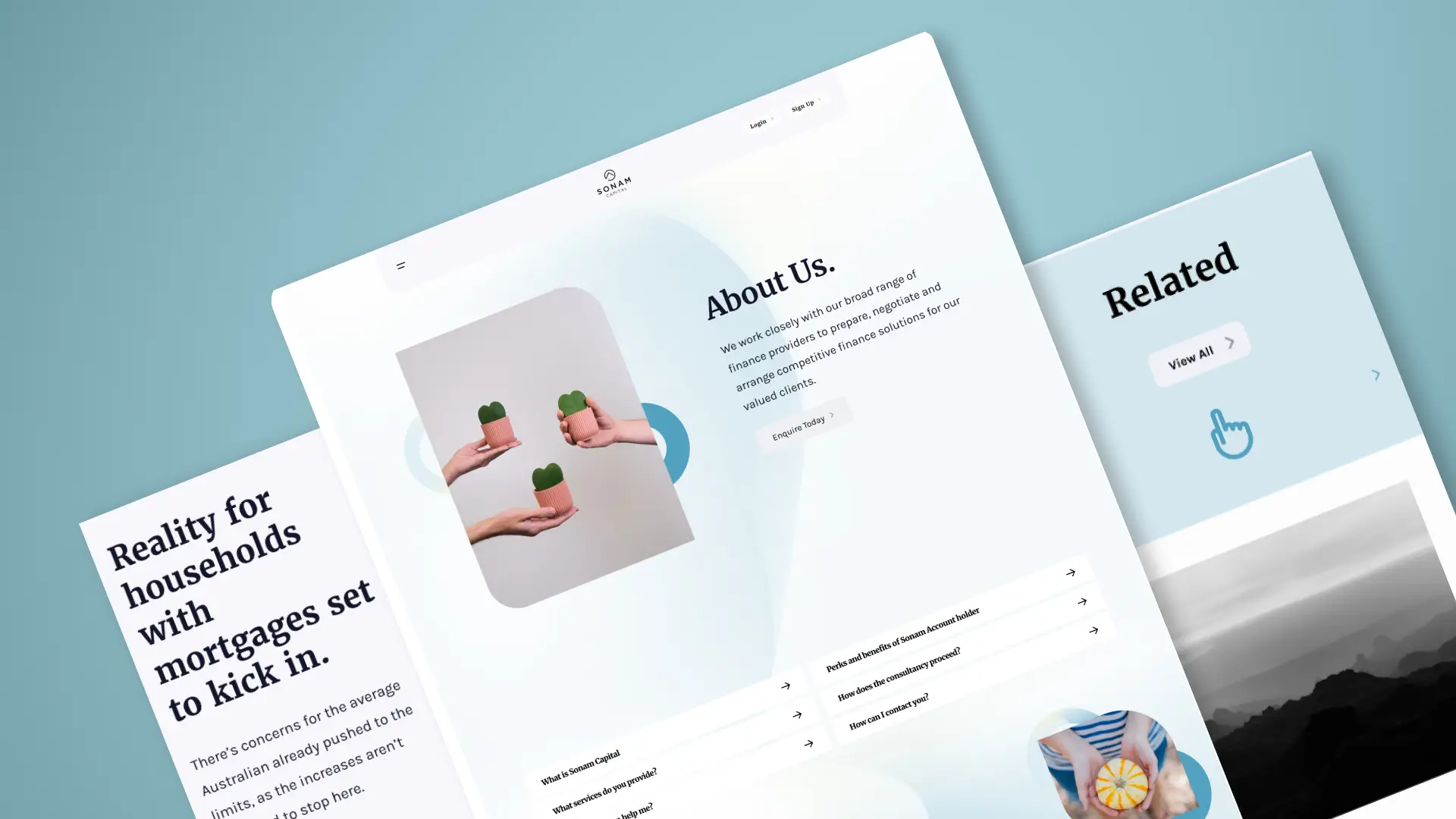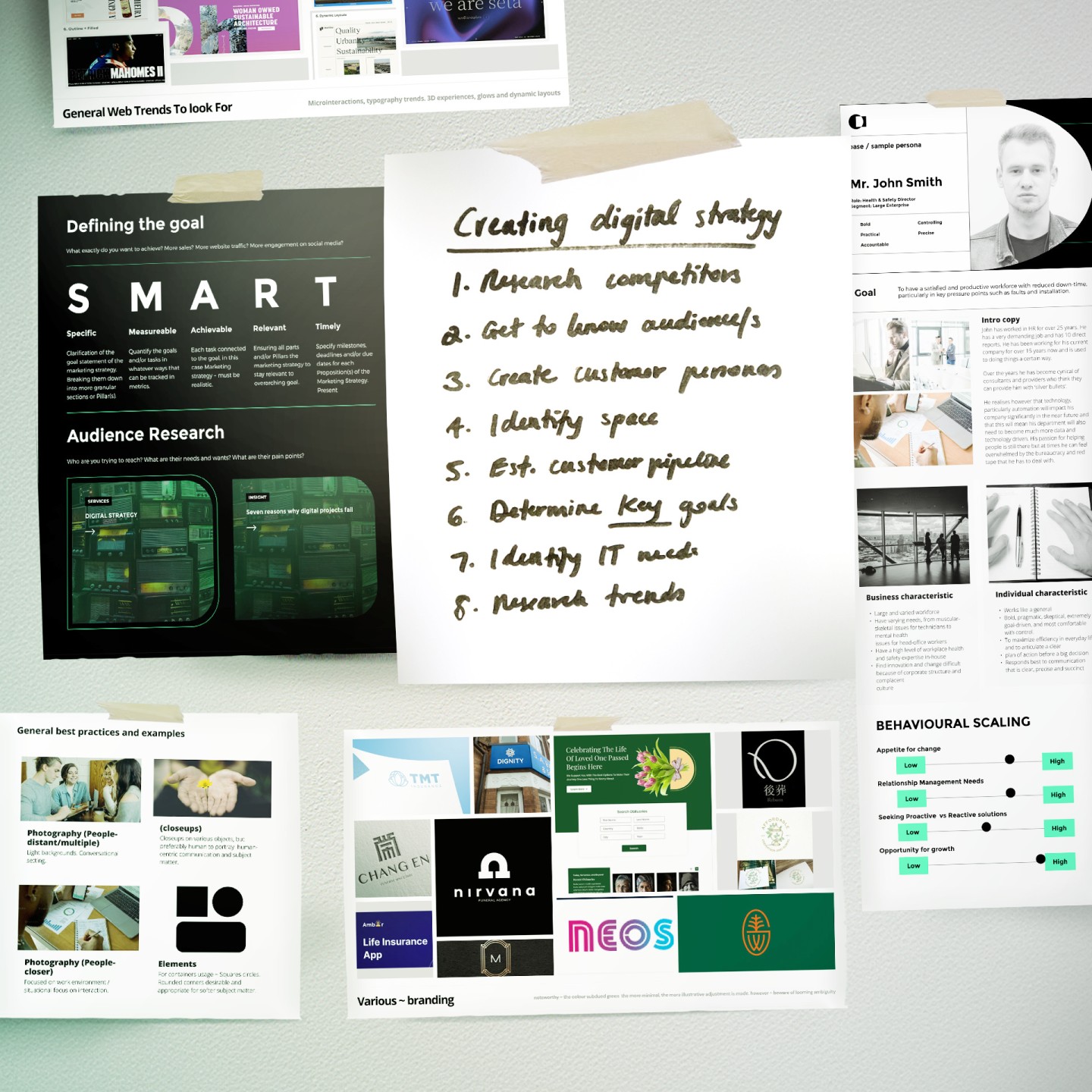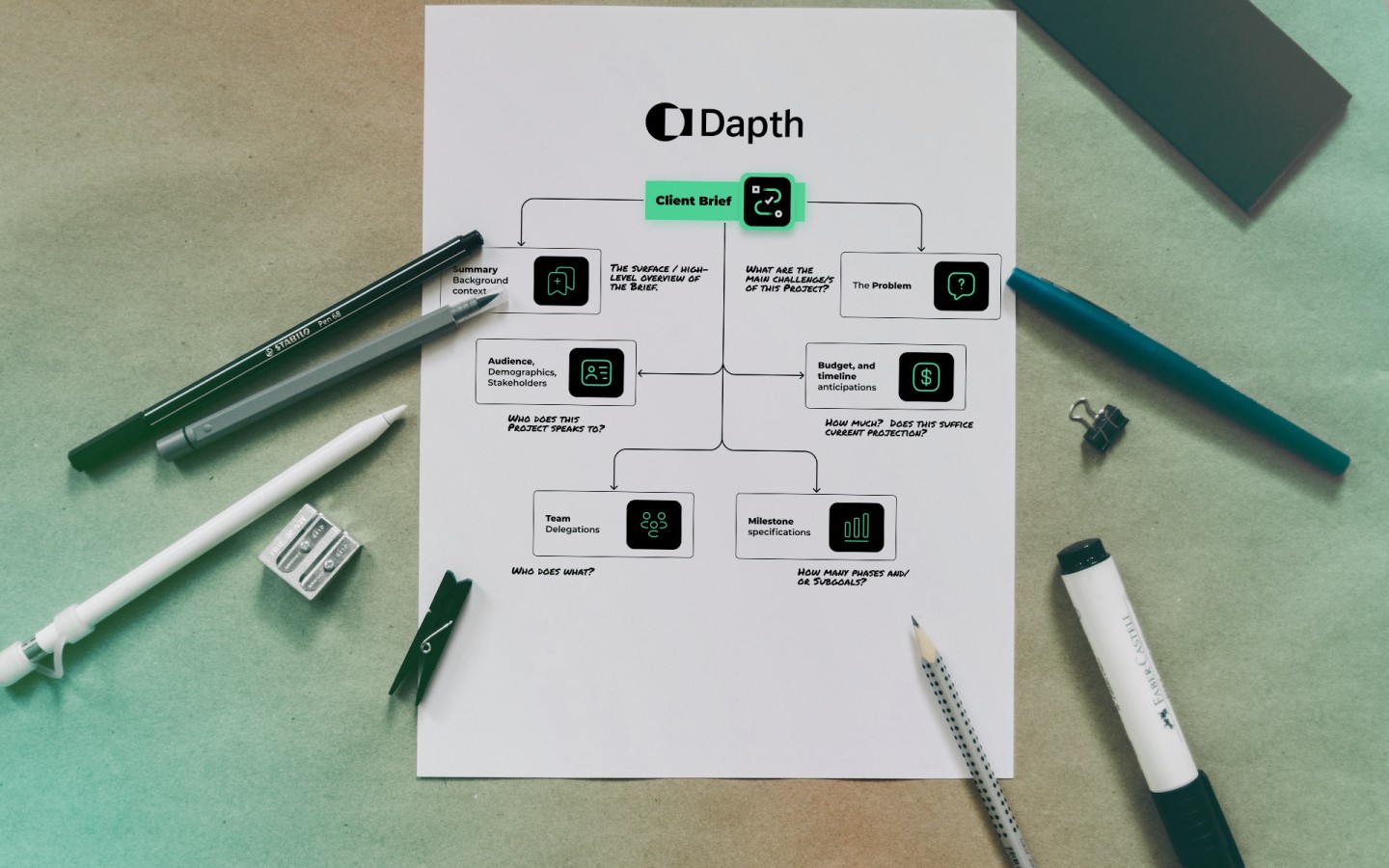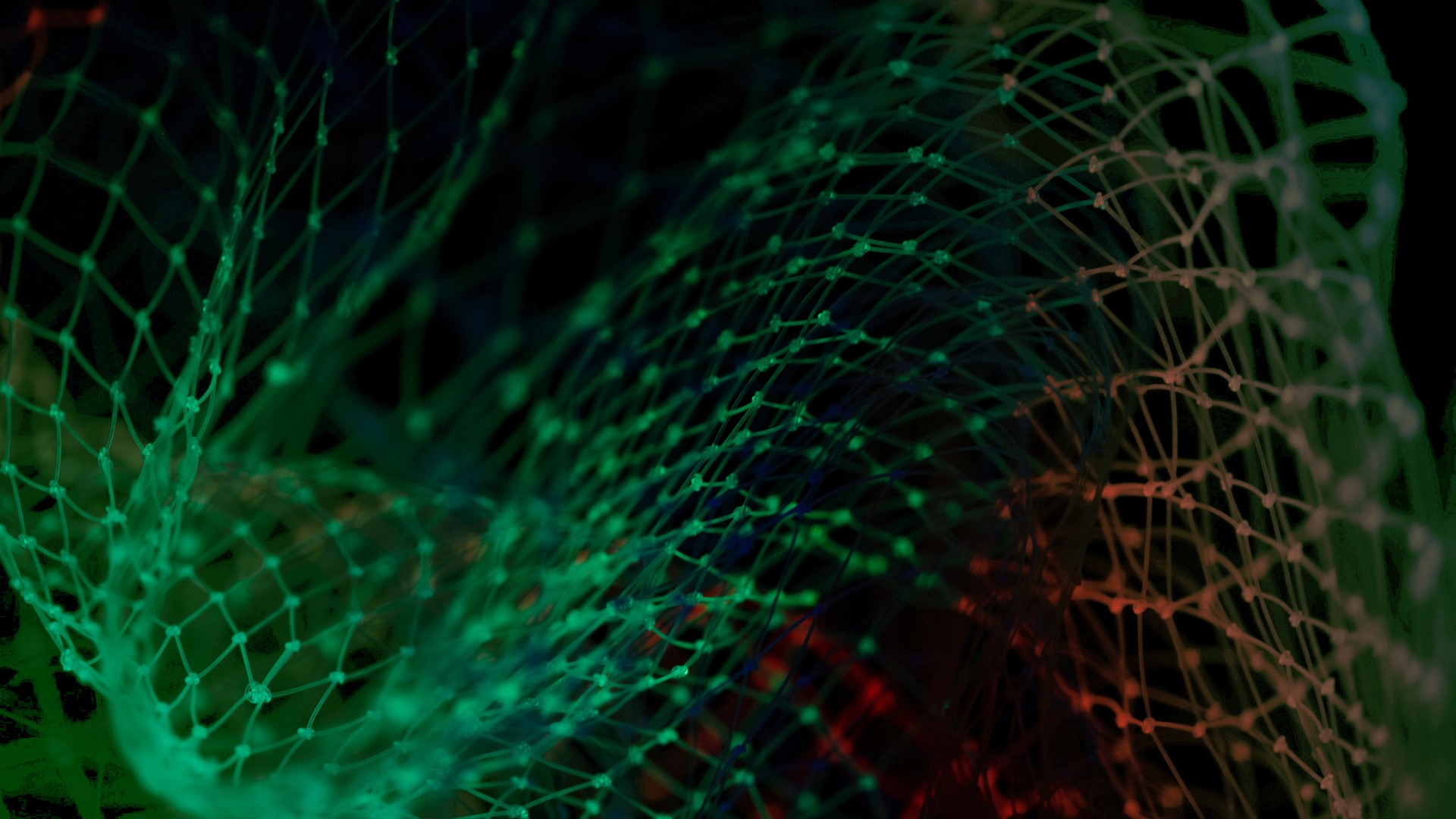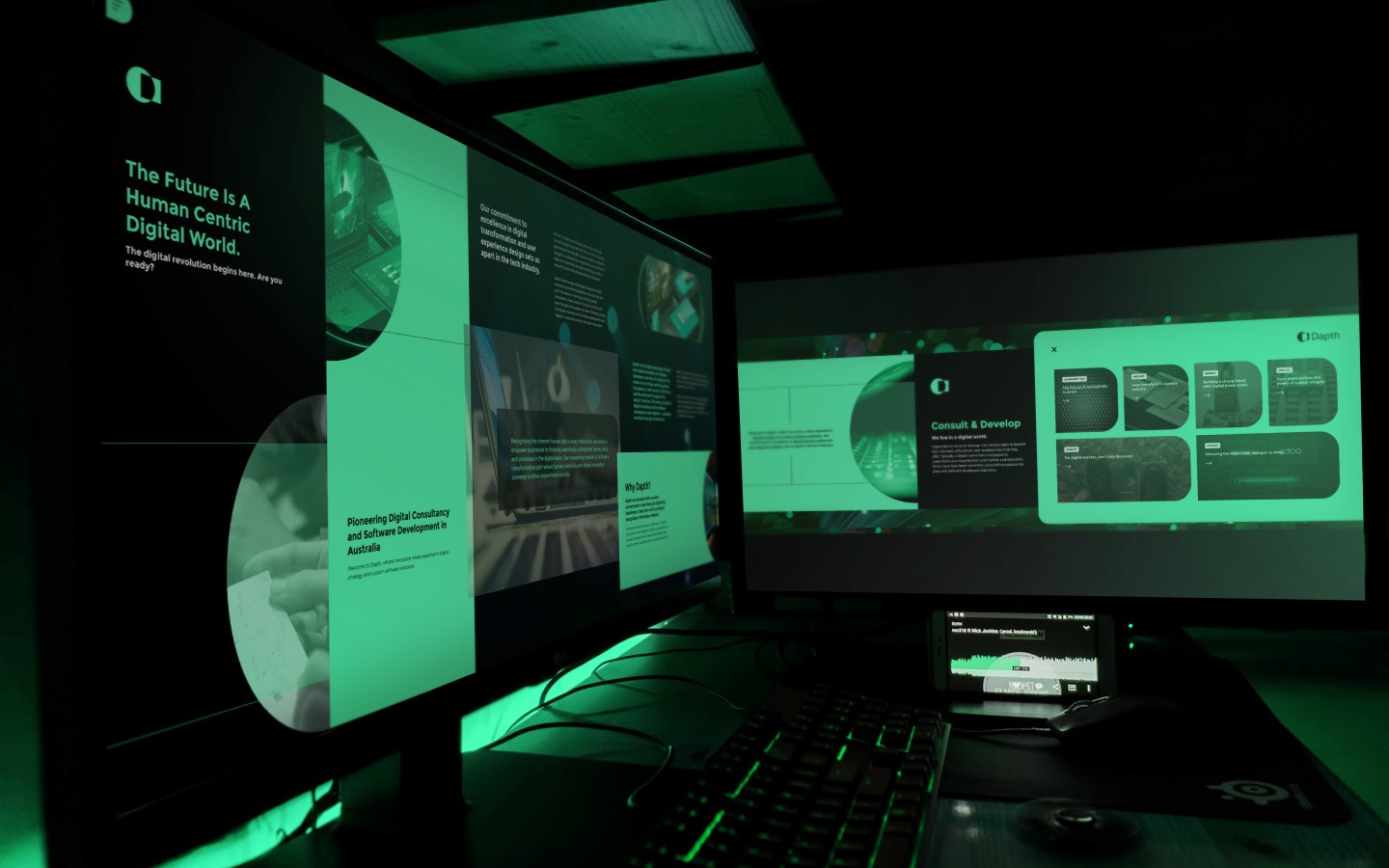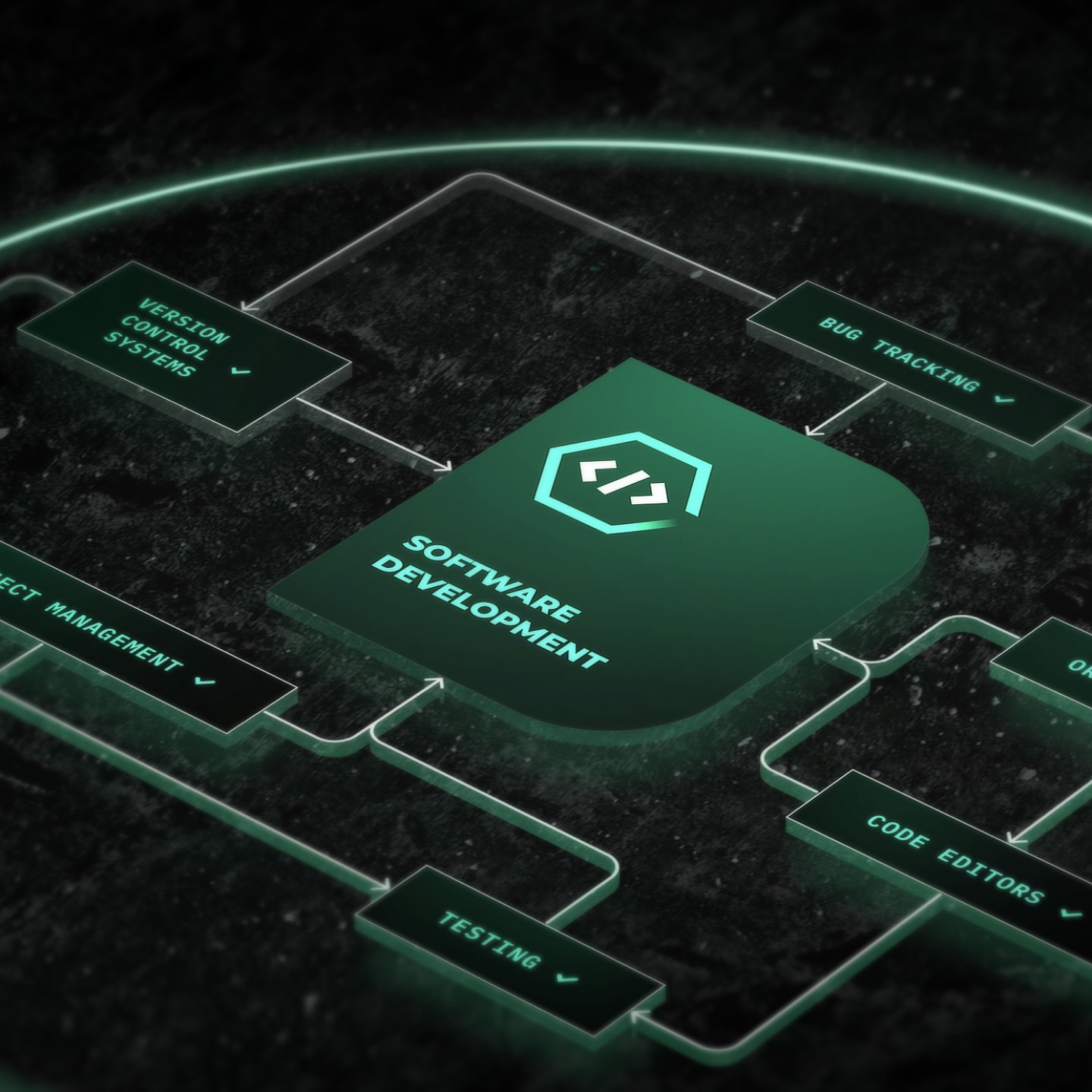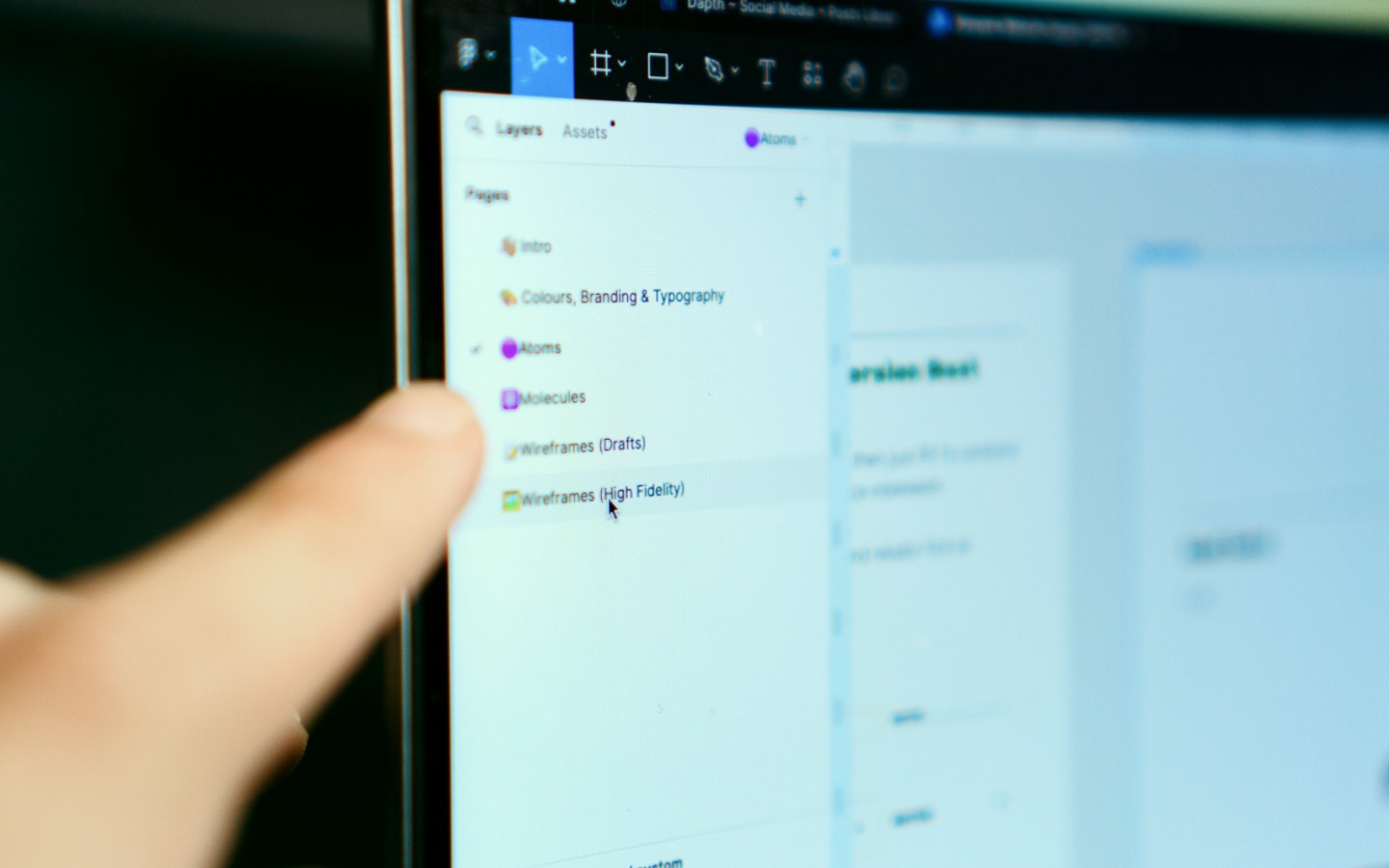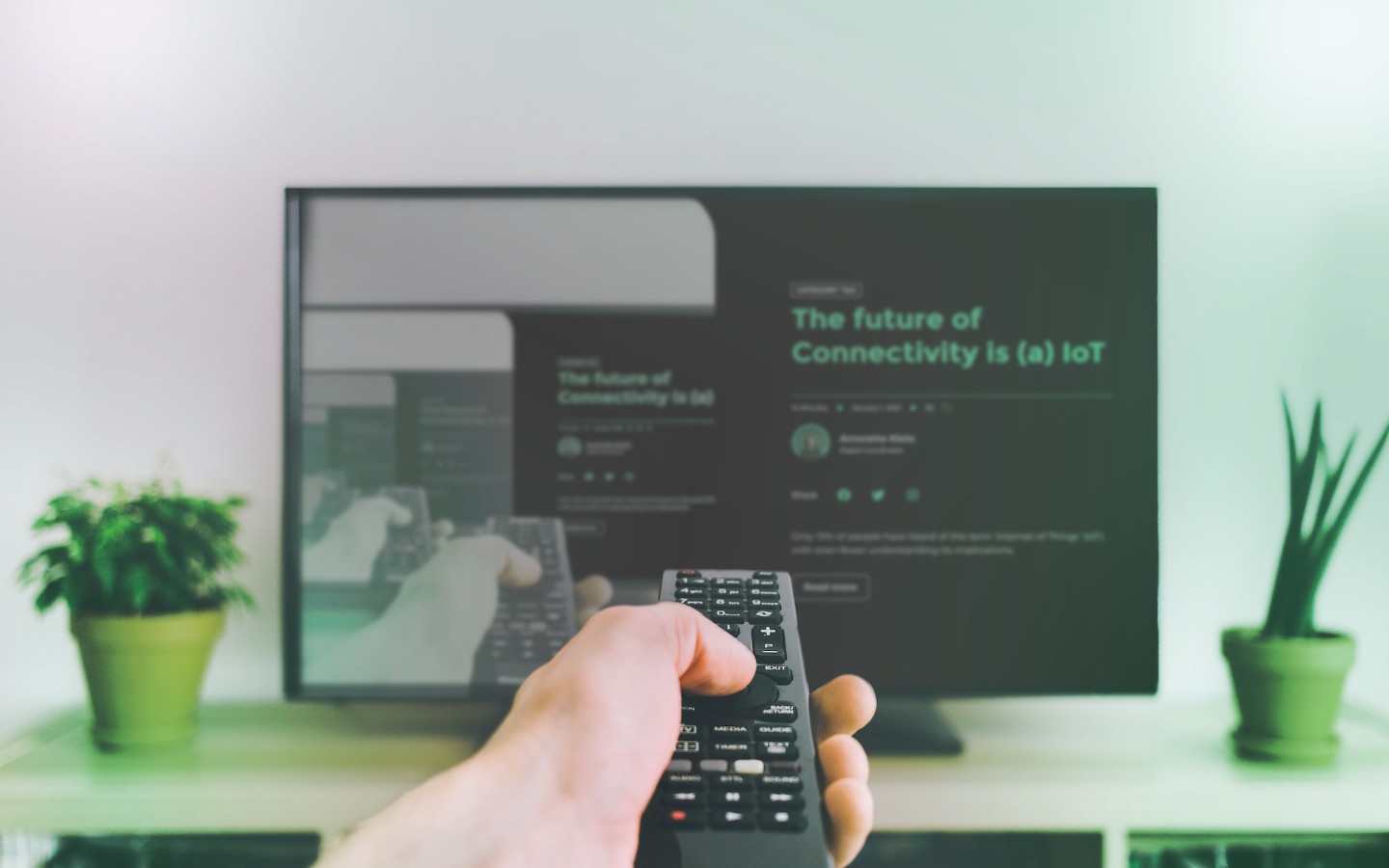
Although many people have heard of the term ‘Internet of Things’ (IoT), fewer understand its implications.
It is likely, however, that you’re already part of this world – if for example, you own a smart thermostat or wear a fitness tracker.
The Internet of Things is rapidly becoming a major industry, projected to be worth $12.6 trillion by 2030 (McKinsey), more than seven times the value of the global fashion industry (Oberlo).

‘The Internet of Things has the potential to change the world, just as the Internet did. Maybe even more so.”
- Kevin Ashton
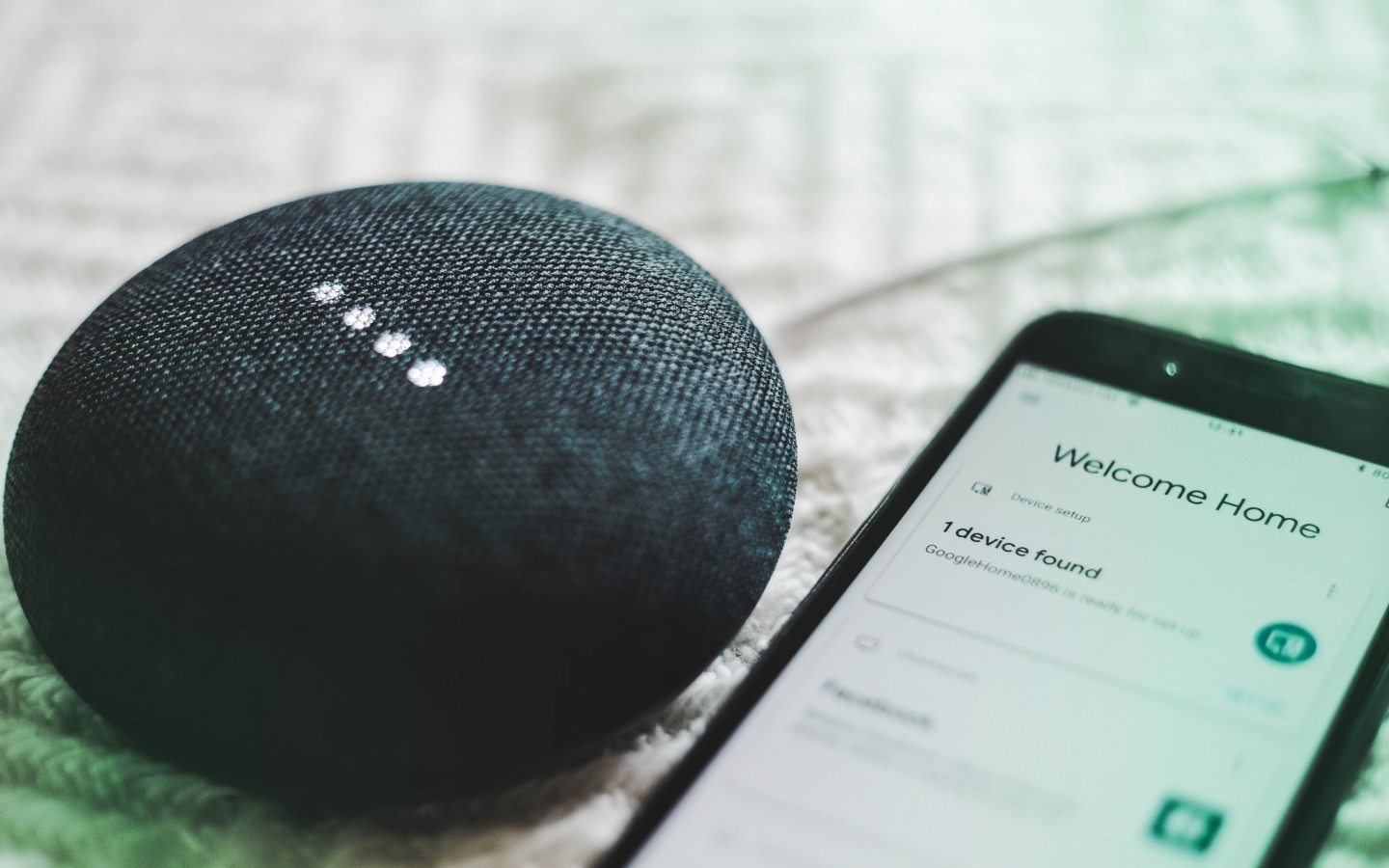
Defining the Internet of Things
Billions of tangible objects link to the internet, exchanging information amongst themselves. This interconnection of devices is commonly known as the Internet of Things (IoT). It acts as a bridge between the tangible and digital realms, and its innovative applications are reshaping many industries.
Often hailed as the 'second phase of the internet' and the next industrial revolution, it is expanding the current human-computer connection. IoT devices are those that can communicate with the network without requiring human action, such as smartwatches or fitness bands. Adding sensors to these devices enables them to transmit real-time data, thus eliminating the need for human involvement. Unlike PCs, not generally considered IoT devices, IoT devices can operate without an internet connection.
Some forecast that there will be a trillion connected computers by the year 2035. These will be built into everything from bridges to food packaging. IoT integrates the interconnectedness of human culture with our digital information system – the internet.


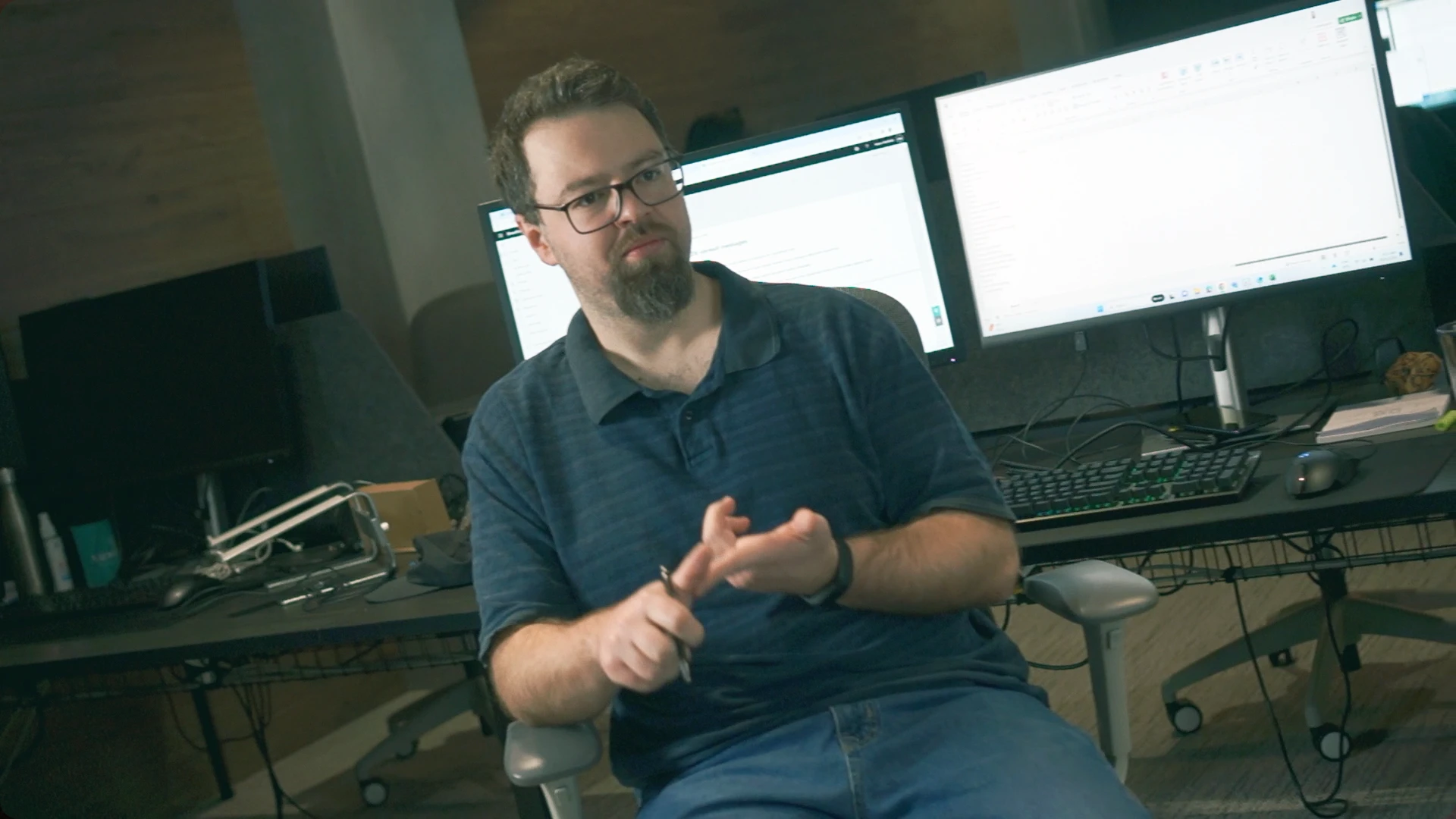

History of the Internet of Things
The idea of adding sensors and intelligence to everyday objects was an idea discussed as far back as the 1980s and 1990s, but the phrase 'Internet of Things' was not introduced until 1999 by Kevin Ashton. It then took over a decade for the technology to catch up to the concept, and IoT’s adoption was made possible by both the arrival of cheap computer chips and the widespread availability of wireless networks.
In the early days, progress in IoT technology development was slow - except for some projects that involved internet-connected vending machines. This was largely because the technology hadn't advanced enough yet. At the time, the chips were too large and bulky, with no effective way for objects to communicate with each other. To cost-effectively enable the connection of billions of devices, there was a need for cheap, power-efficient, disposable processors.
The incorporation of RFID tags helped tackle some of these issues. Other technology that has further accelerated IoT's growth includes:
- Access to low-cost, low-power sensor technology
- Increased availability of broadband internet
- Cellular networks
- Wireless networking
- Connectivity
- Cloud computing platforms
- Machine learning and analytics
- Conversational artificial intelligence (AI)
Applications of The Internet of Things
IoT has significantly influenced a broad spectrum of sectors including trade, security, tourism, urban planning, and beyond; and it continues to transform the way we live and work.
From monitoring livestock health to fuel efficiency and residential care, its positive ramifications can be seen in a diverse range of areas. Some key application areas include:
Health
Smart beds and wearable fitness trackers are using IoT to monitor sleep, heart rate, and calories burned. This technology allows for diagnostic tests previously only available in hospitals and other acute-care settings.
With its potential to improve wellness and assist patients with critical needs acute and chronic diseases, IoT can make a significant impact in detecting health issues and improving quality of life. For example, a wrist wearable can detect health problems within 30 seconds.
In a medical emergency, time is of the essence, and the world of IoT has the potential to offer many benefits in this area. Due to its real-time data capabilities, interconnectedness, and discreet nature, IoT can be lifesaving, can prevent potential diseases and easily monitor wellness goals. Ultimately, IoT has the potential to save lives and revolutionise the healthcare industry.
Home
Smart thermostat systems can identify the rooms requiring the most heating and cooling by tracking when certain areas are used, utilising real-time adjustments to save electricity and money. By 2025, smart-home devices will make up almost half of the IoT market.
Retail
IoT can drive substantial operational growth, enhance retail staff productivity, and elevate shopping experiences, ultimately optimising revenue.
Internet-connected tags on retail products can continuously supply real-time data on purchasing decisions and trends, often daily or weekly, and can also:
- enhance inventory control
- offer valuable insights into consumer behaviour and buying patterns
- empower retailers to optimise in-store displays by measuring foot traffic.
Built environment
To significantly reduce energy and optimise spaces, corporate buildings can use IoT. When implemented on a larger scale, it can boost staff productivity and positively impact customer service. This connectivity additionally promotes higher-quality insights, driving more efficiency in both operations and business management.
For example, sensor equipped IoT devices can lower maintenance costs by ensuring that office equipment operates efficiently. Troubleshooting that is completed in real time prevents disruptions and saves time and money on major repairs.
Streamlining common processes positively impacts the bottom line and offers many business expansion and data collection opportunities. This advantage enables business owners to make informed decisions at both the macro and micro level.
Manufacturing
Due to their proactive nature, factories can benefit from IoT devices - for example, through predictive maintenance (instead of waiting for a tool to break down and disrupt the assembly line). Continually monitoring the performance of the tools to prevent unexpected downtime, lowers maintenance costs. Additionally, this also avoids losing the output of the entire line – potentially saving millions of dollars daily.
Vehicles
Within the area of fleet management, IoT has the potential to drive efficiency and new possibilities in existing processes. One example is to increase efficiency and safety in the connected logistics within fleet management through-time monitoring.
Cities
Cities are using sensors to learn more about the environment such as in air quality. This information can then assist companies and government organisations make informed choices on pollution control strategies.
Smart devices are successfully helping communities by using sensors to control traffic and lights that are working to improve traffic conditions in busy areas.
When smart devices are within cars, they can connect to both traffic lights and toll gates, offering drivers real-time information on road conditions. Using this technology, cities can become more environmentally friendly (by conserving resources, polluting less, and ultimately saving energy).
Conservation
With smart cities on the rise, IoT developers are devising ways to use it to monitor city conditions, ultimately assisting city planners and residents with solutions. IoT also helps to think of a city as a dynamic, living organism.

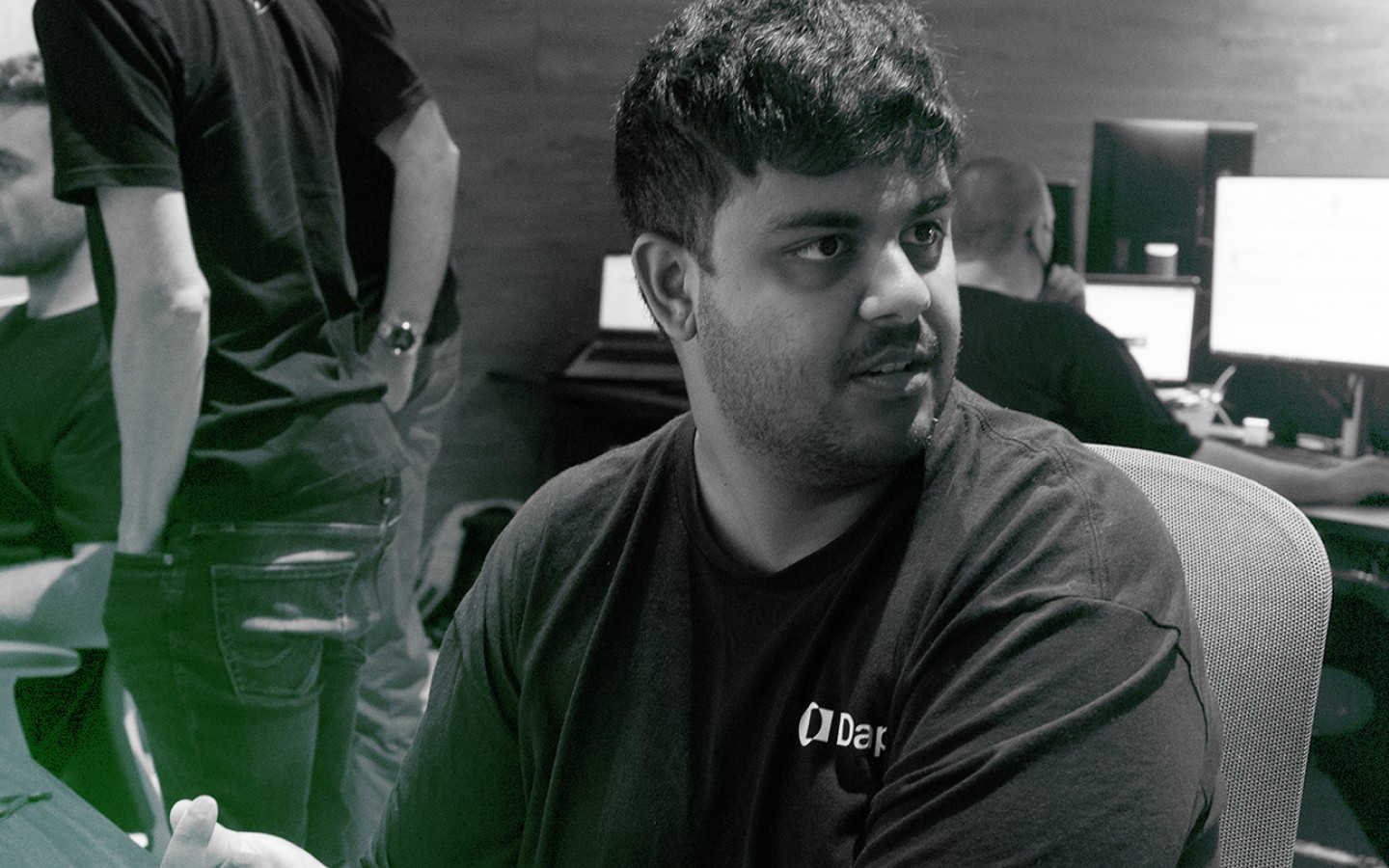
Key Benefits of the Internet of Things
- Convenience – Smart appliances, like refrigerators and Amazon's dash buttons, are increasingly common in homes due to the rise of IoT devices.
- Operational efficiency - By monitoring customer activity, inventory levels, vehicle utilisation, and temperature, all data is integrated into the system, resulting in improved operational efficiency.
- Time efficiency – The increase in connectivity allows people to spend less time on mundane tasks. For example, voice assistants can now provide answers to queries without someone needing to pick up the phone. Some experts propose they may even eliminate the need for some business meetings, as voice assistants can provide the necessary information and updates.
- Connectivity – Using a single interface, users can manage many devices at once. This can range from controlling song volume to controlling a thermostat and adjusting lights. Soon, it is expected that almost every device will be connected, leading to even more streamlined control.
- Accuracy – IoT helps energy companies estimate utility bills for inaccessible properties. However, this can lead to overcharged bills. Connecting the electrical box to the utility company's server via the internet can solve this problem.

The Takeaway
The Internet of Things (IoT) isn’t just a buzzword – but a phenomenon rapidly reshaping our world, no doubt continuing to do so into the future. IoT started in the 1990s and is expected to be worth $12.5 trillion by 2030, and its journey is far from over.
And as its affordability and accessibility increases, it will continue to revolutionise the way we live and work – from homes to health and urban sustainability. Ultimately, IoT isn’t just about connectivity but making our world smarter, more efficient, and responsive to human needs.
From increased connectivity and efficiency to cost savings and accuracy, it’s a technology that promises to enhance our lives. As a technology, it won’t only connect things – but people, ideas, and possibilities and is about harnessing the power of data and technology to create a better future. One thing is clear: the future of connectivity is The Internet of Things – a future full of promise and potential.
Let's Talk.
At Dapth, we offer human-driven digital strategy services that can help you thrive in today's data-driven world. Our company provides software development and digital consultancy based on years of experience in the industry.
We're happy to teach you more about the services we offer. Contact us today to learn more and set up a free consultation.
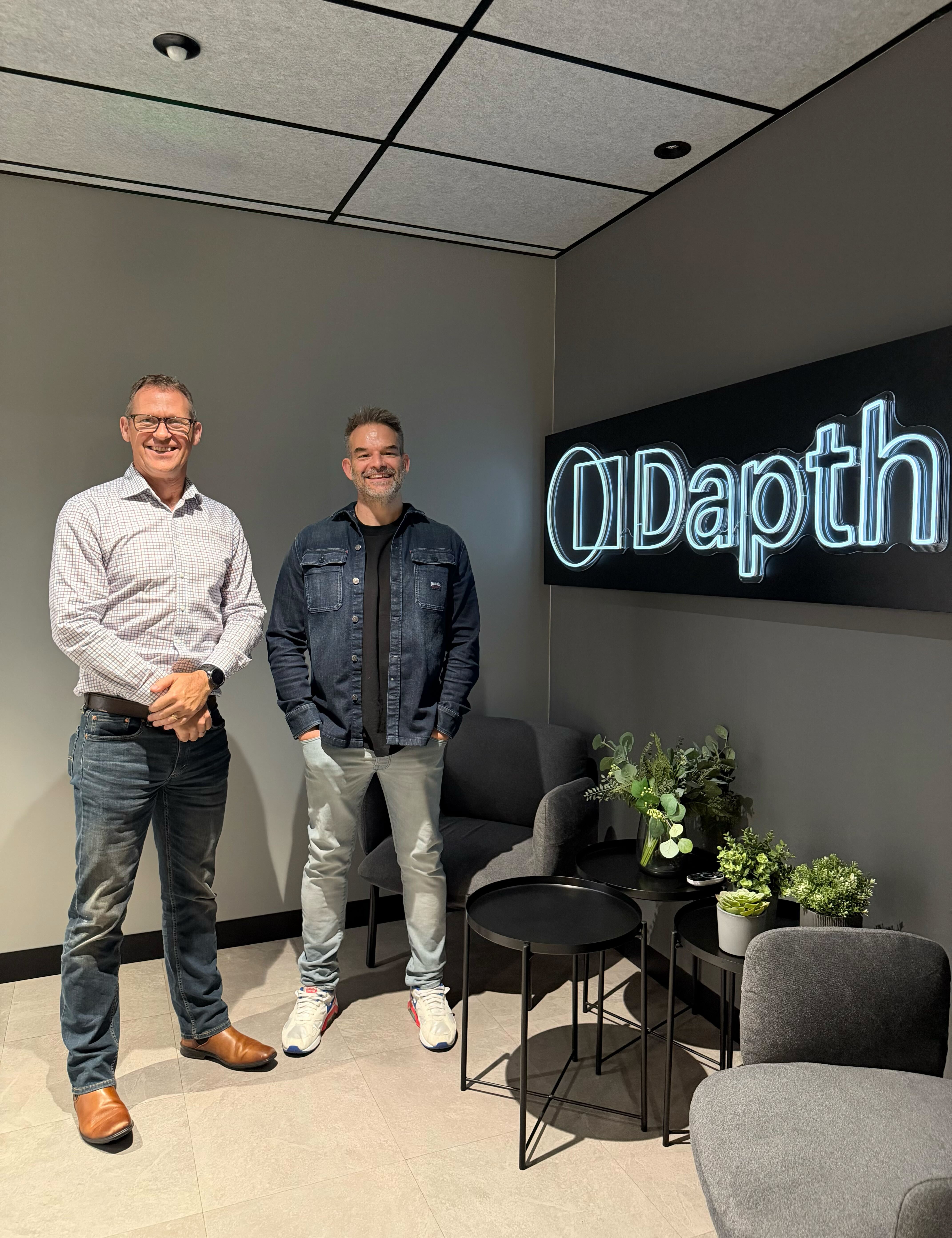
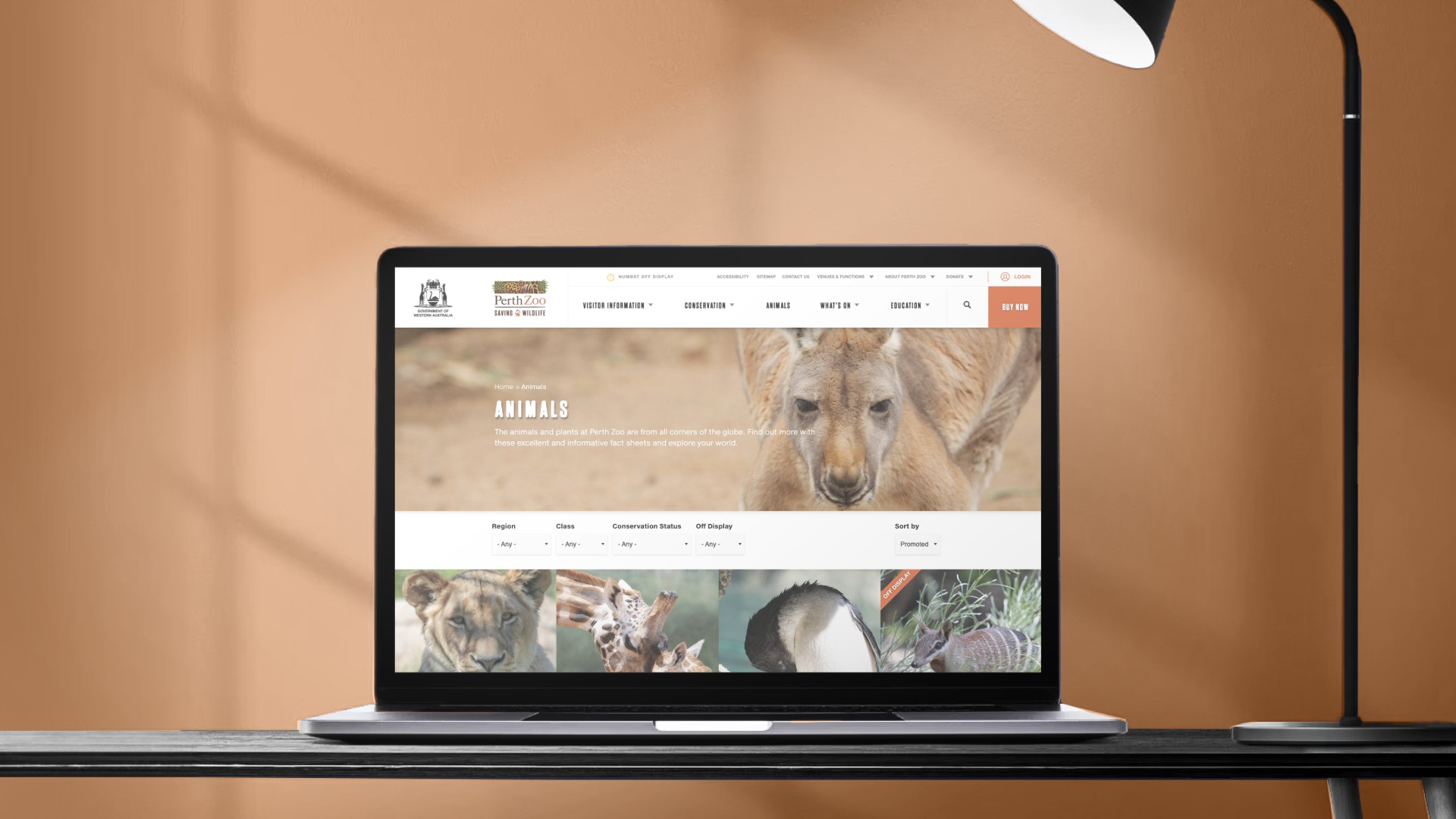

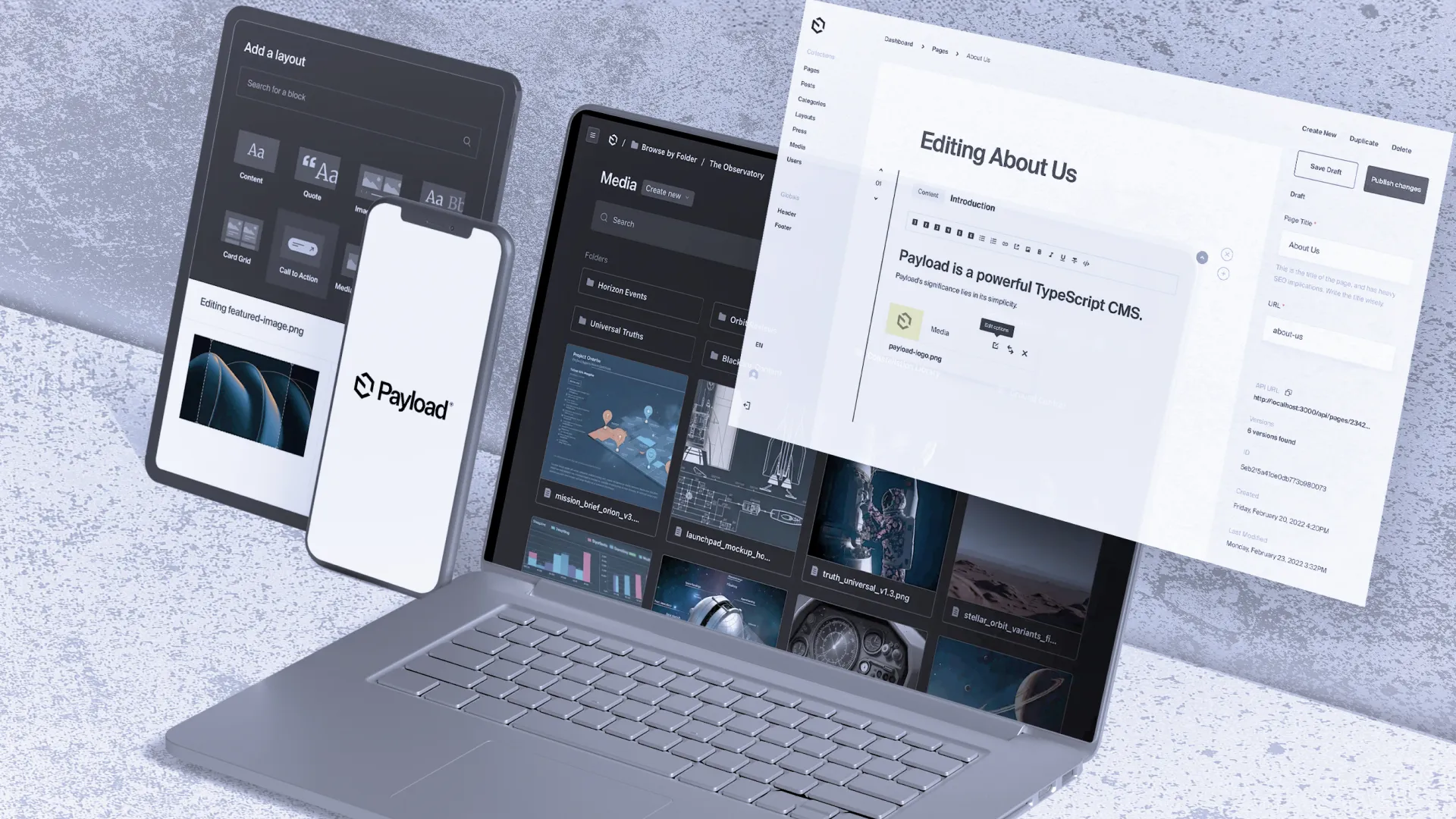

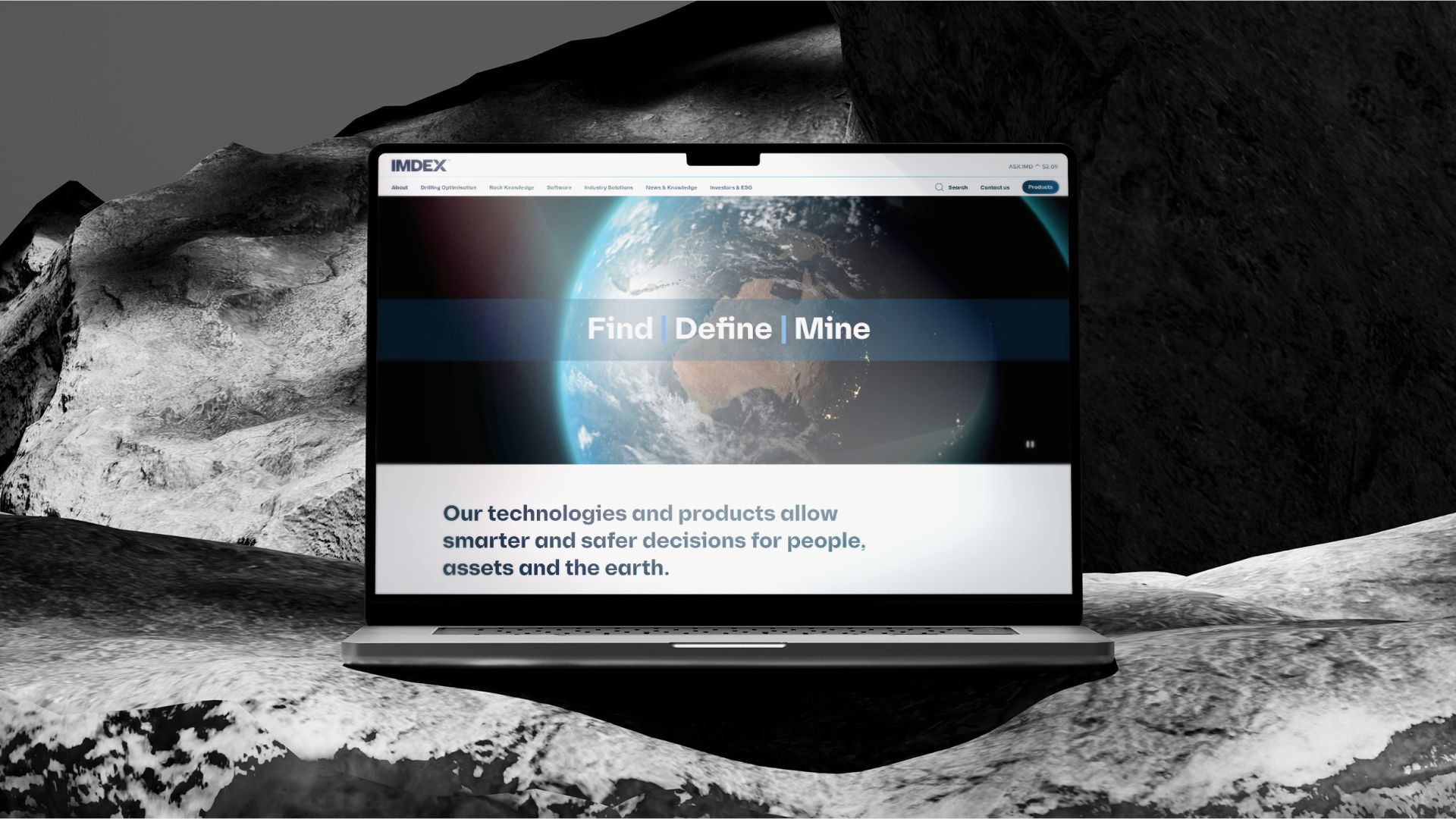
_web.webp)
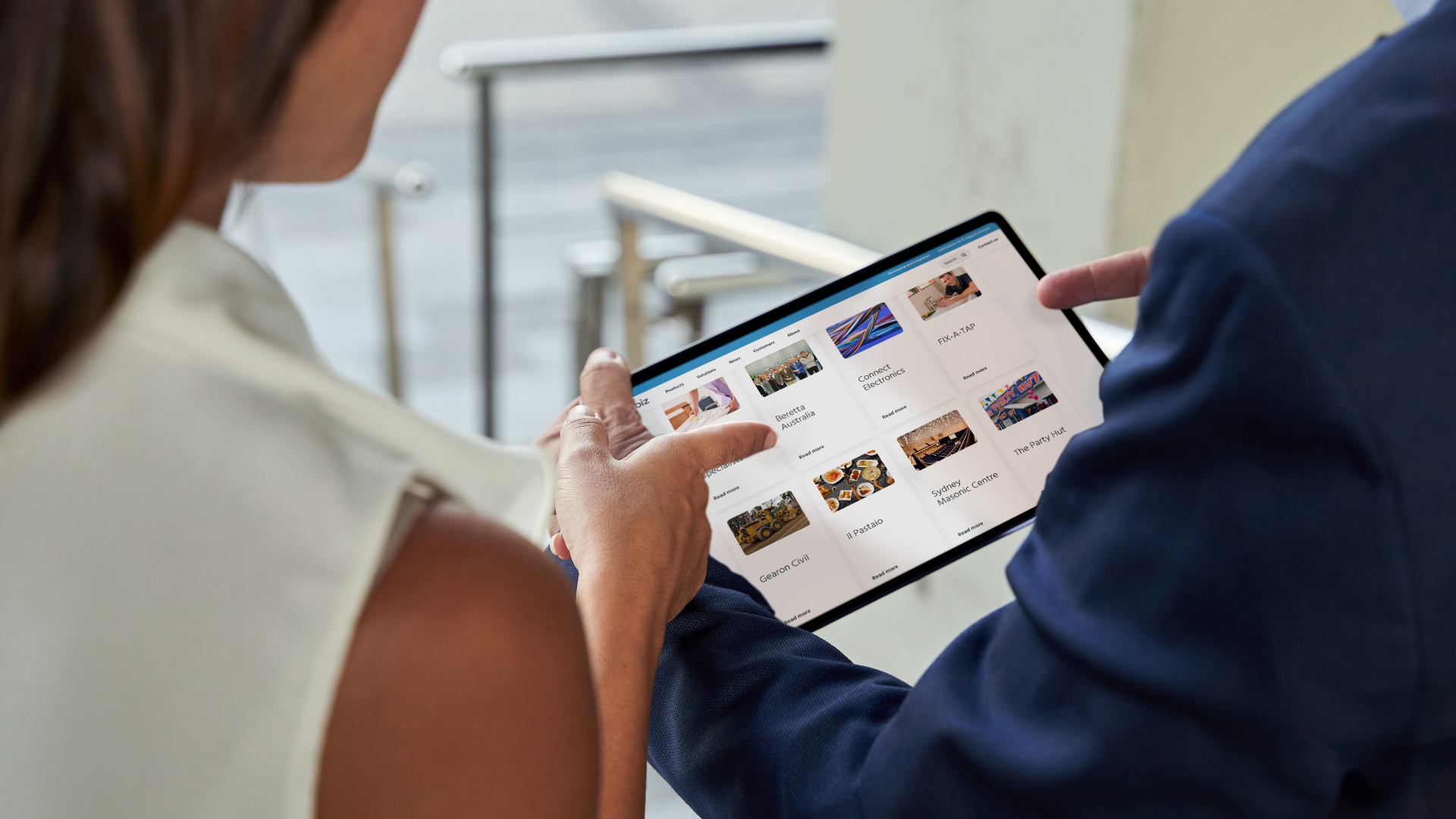
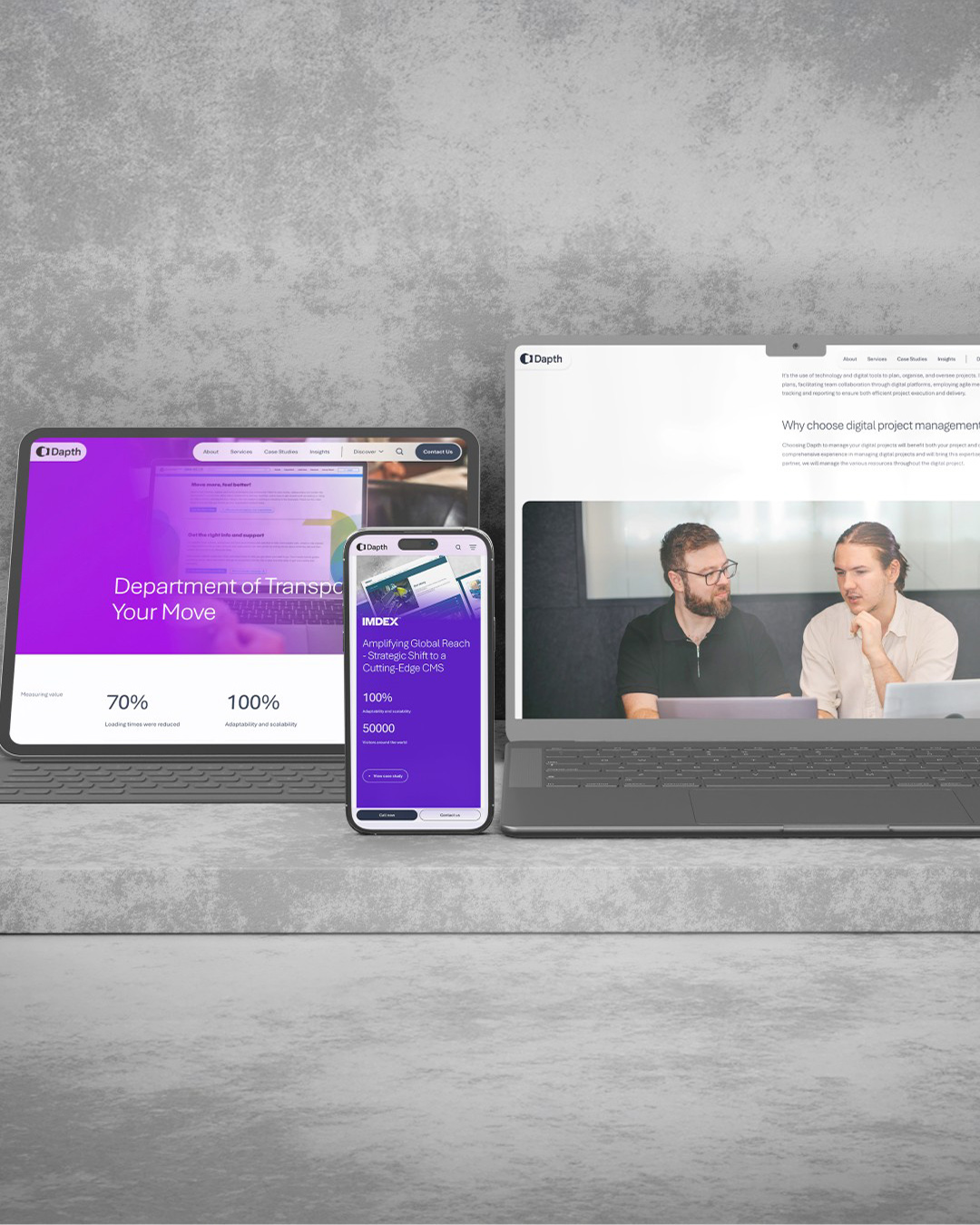
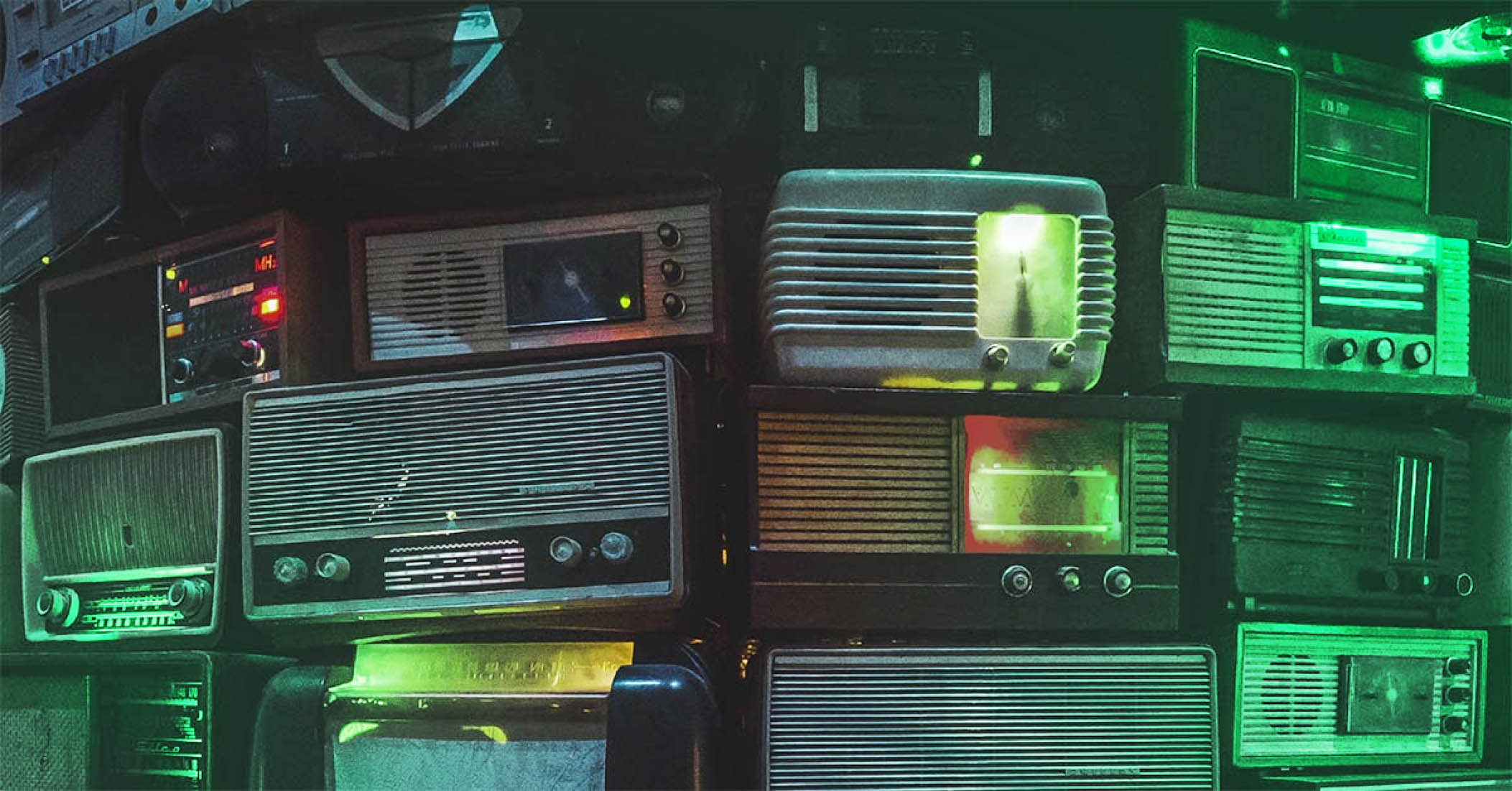
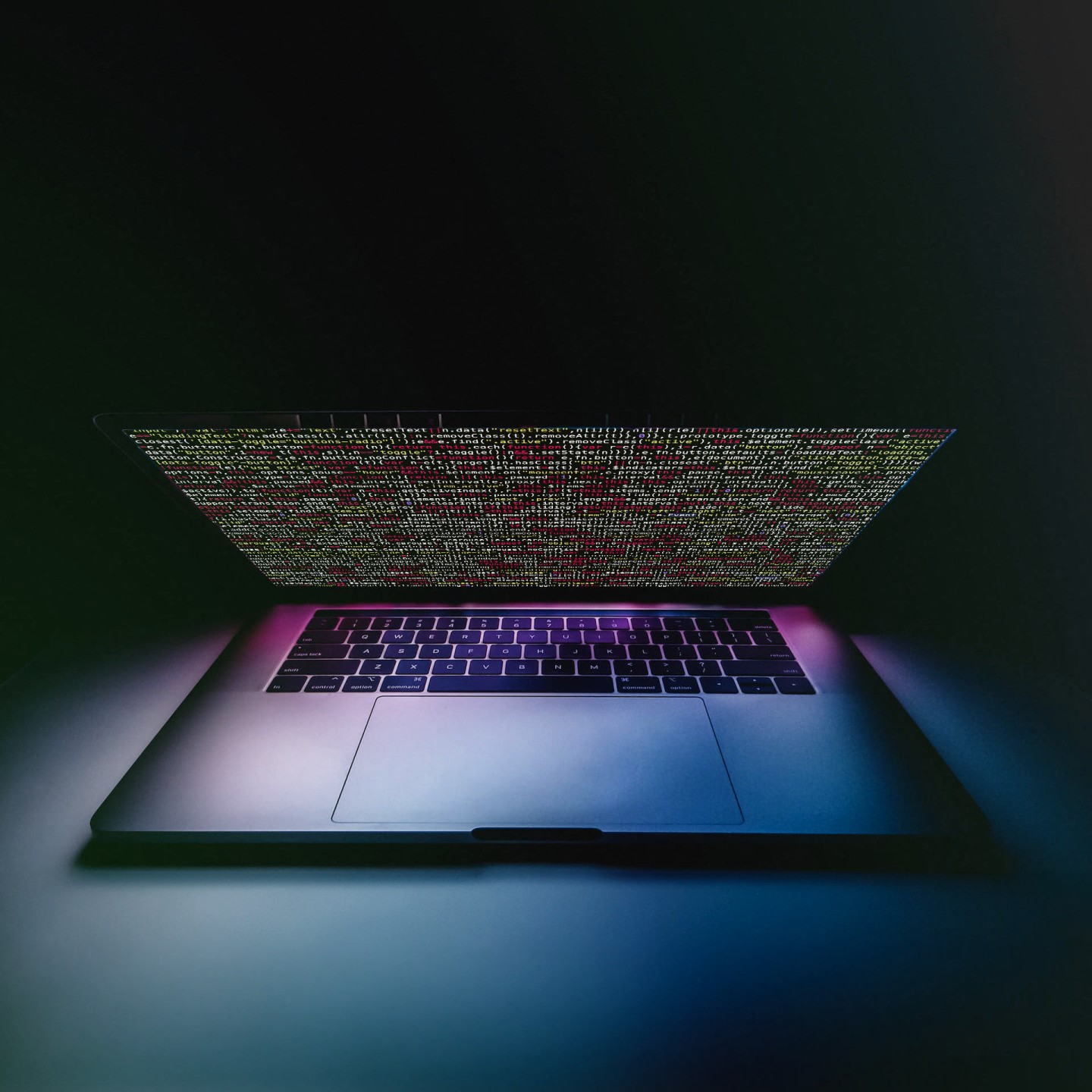

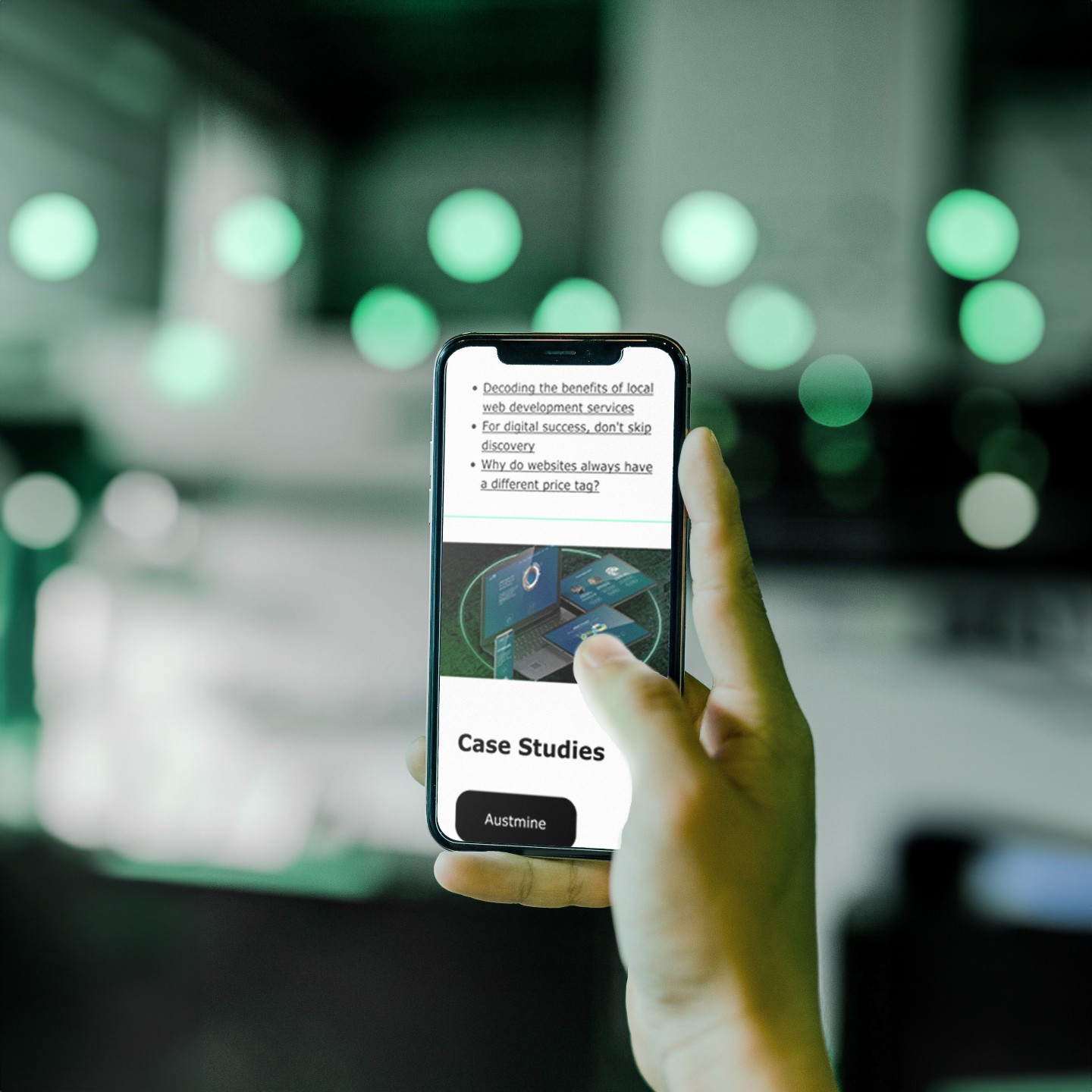







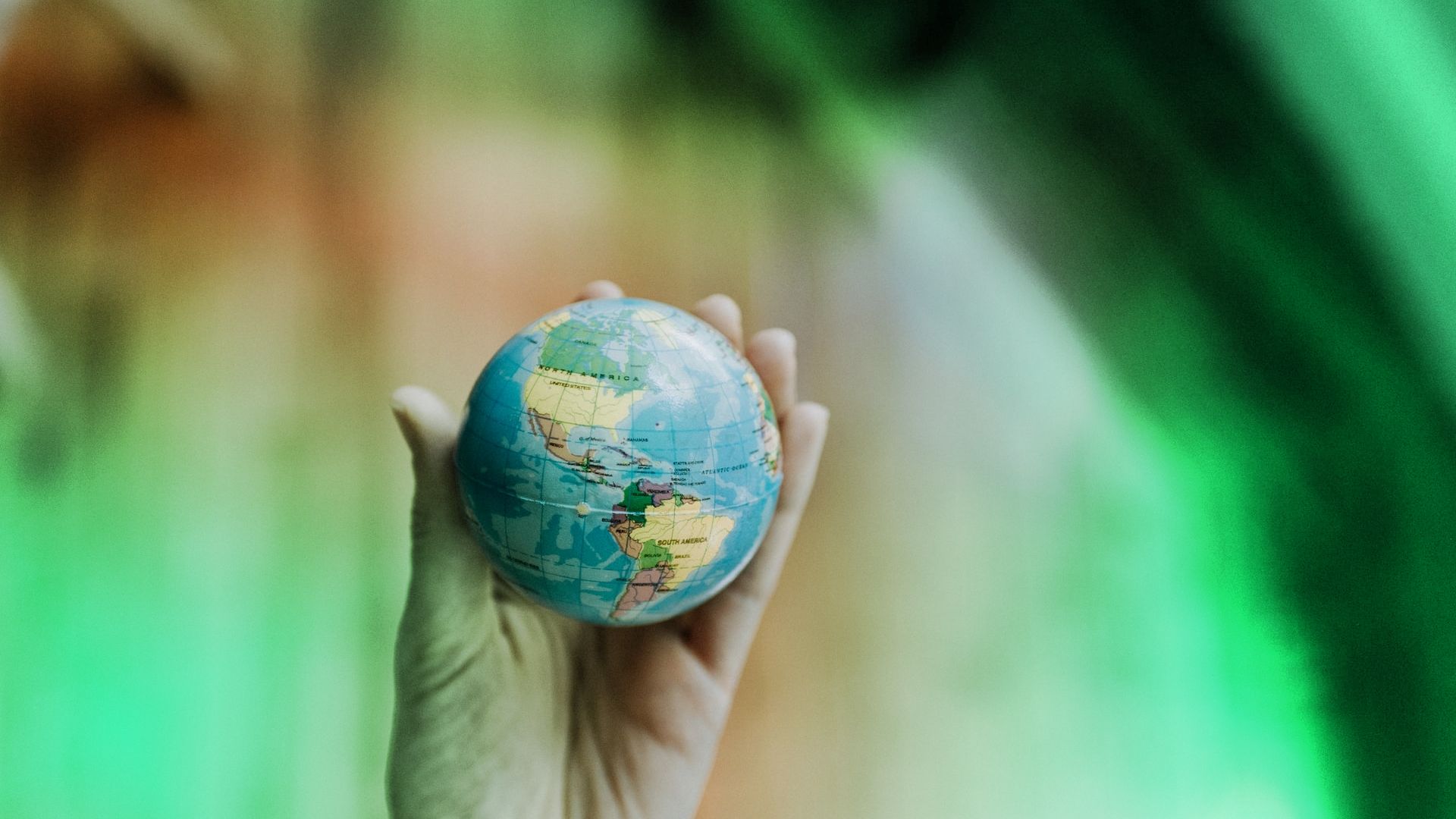

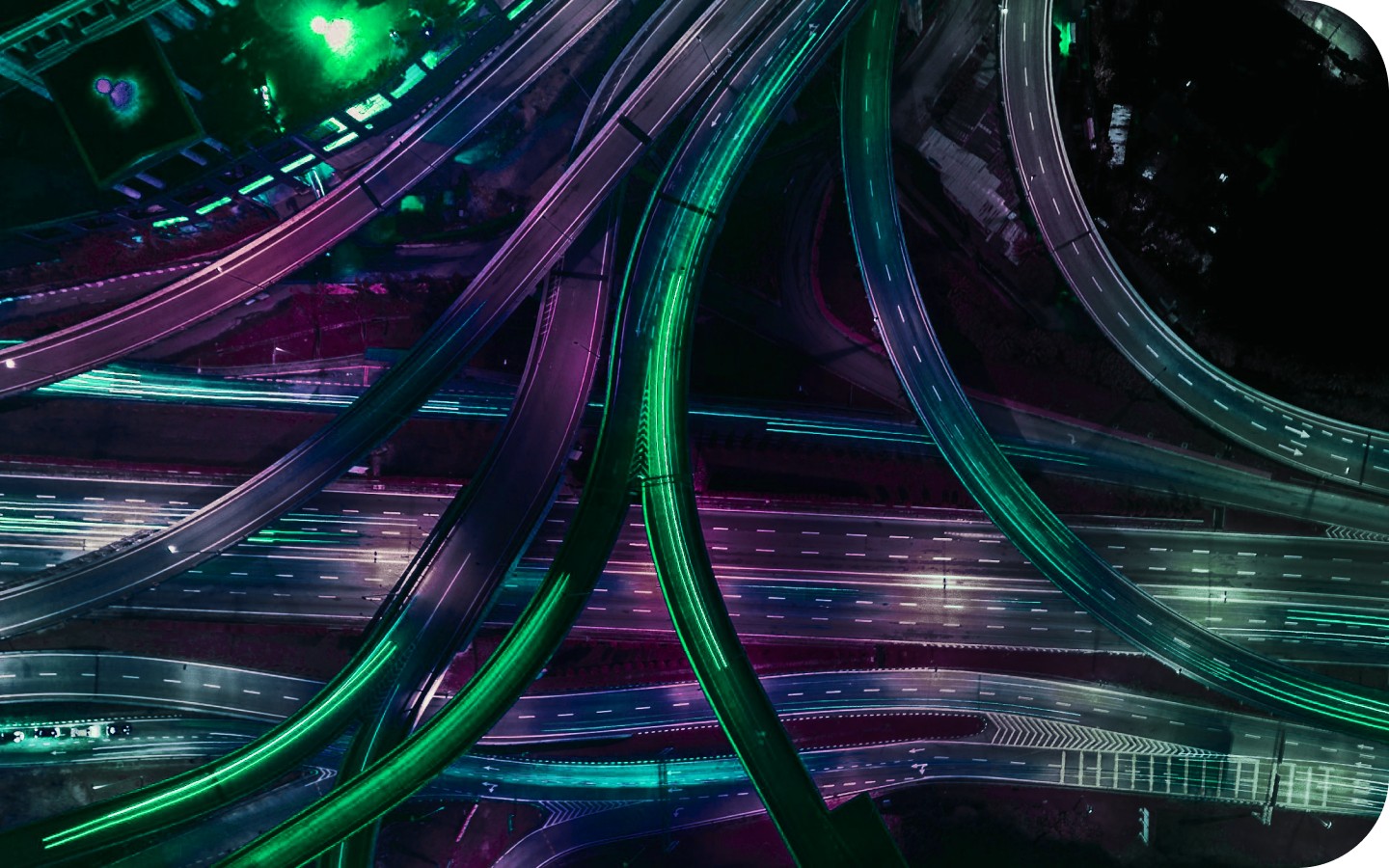

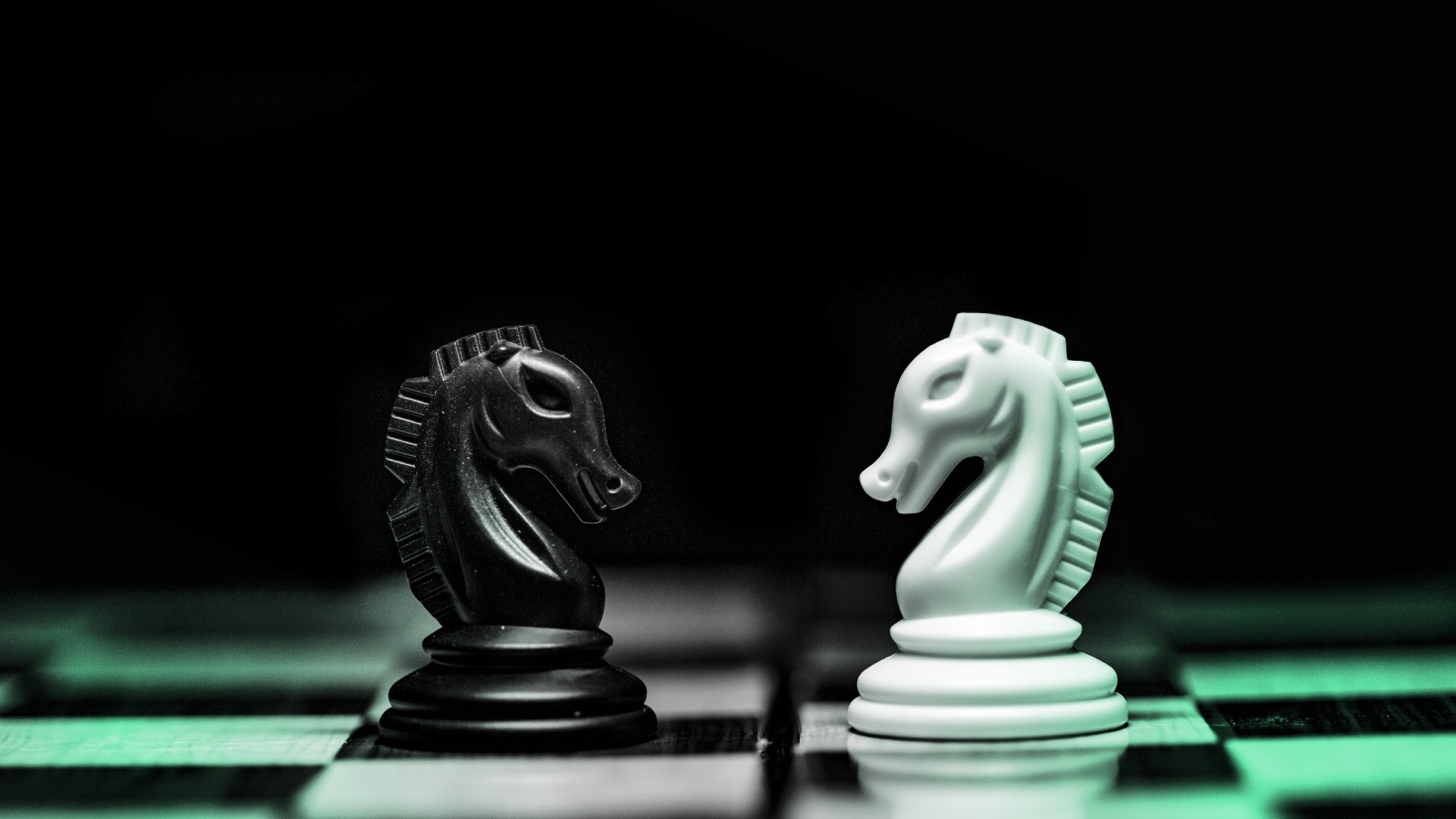
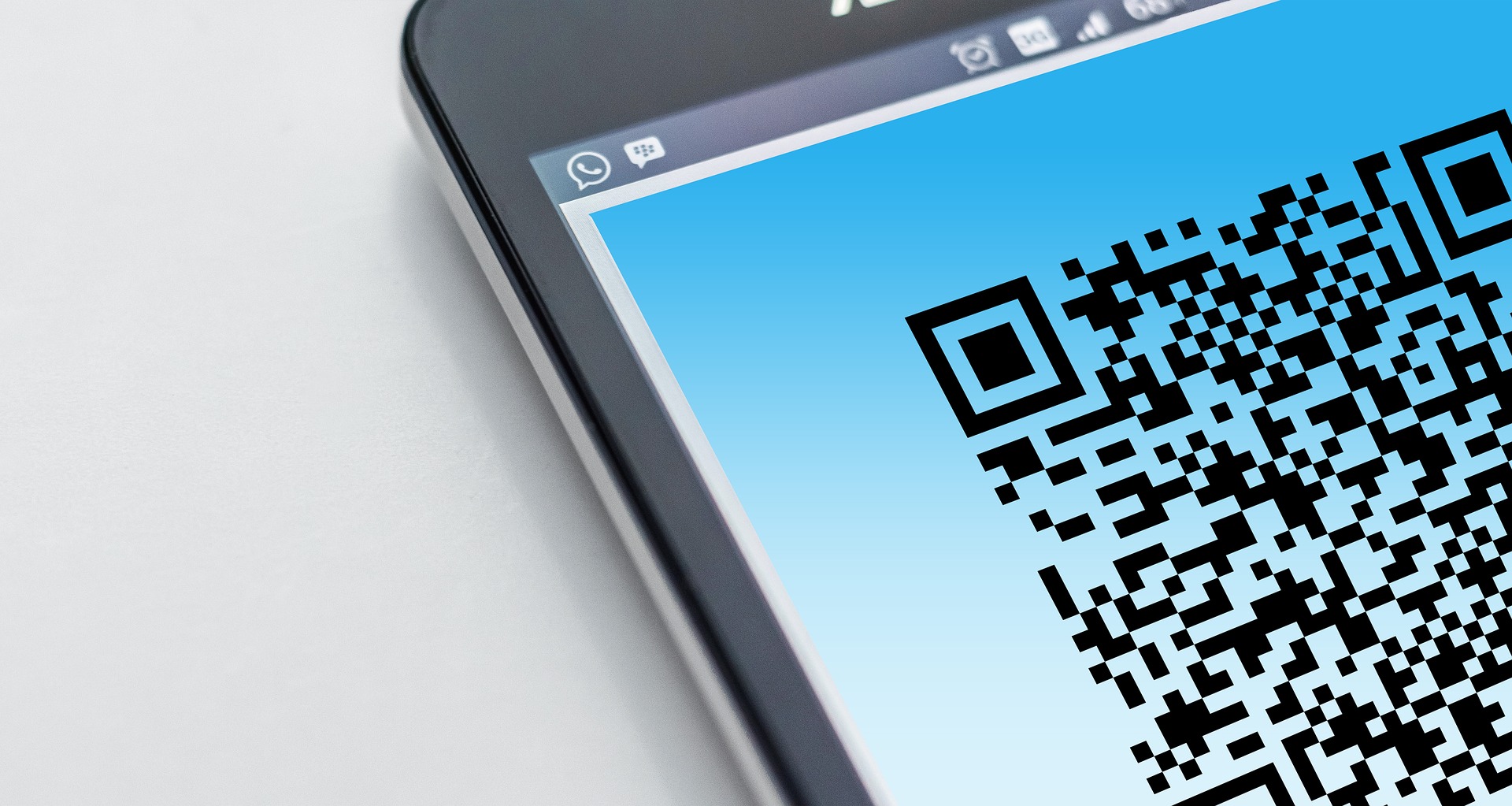
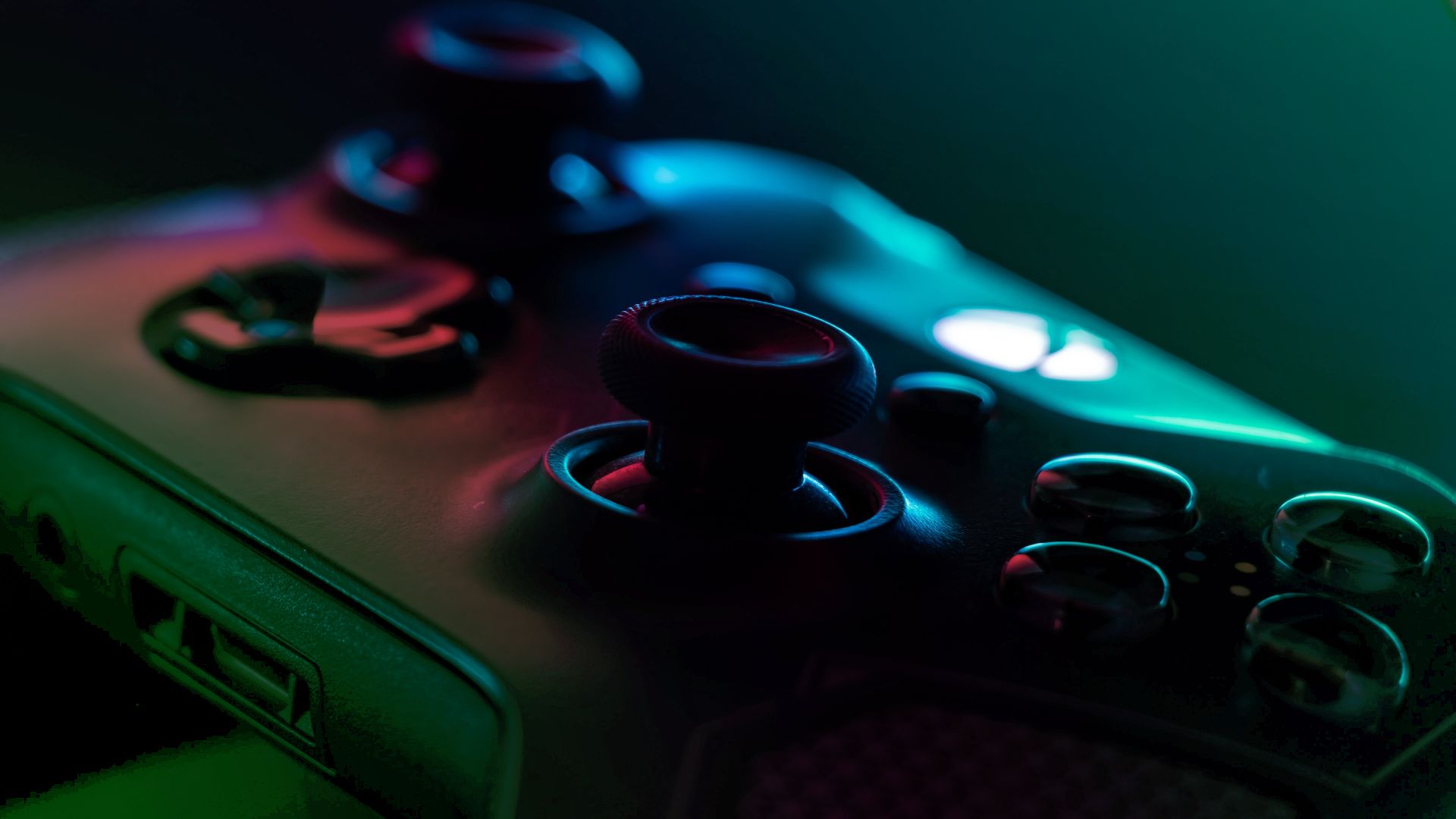


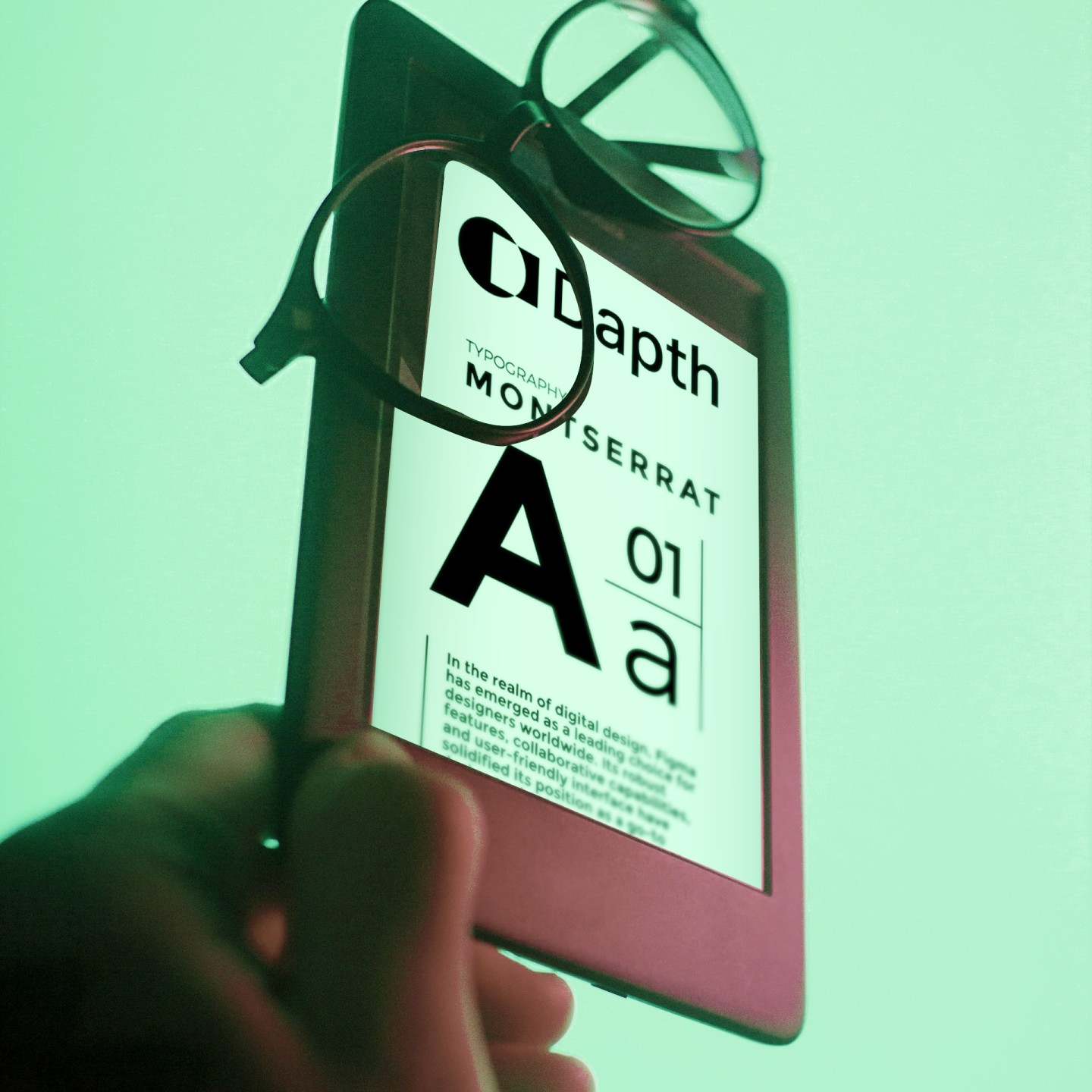


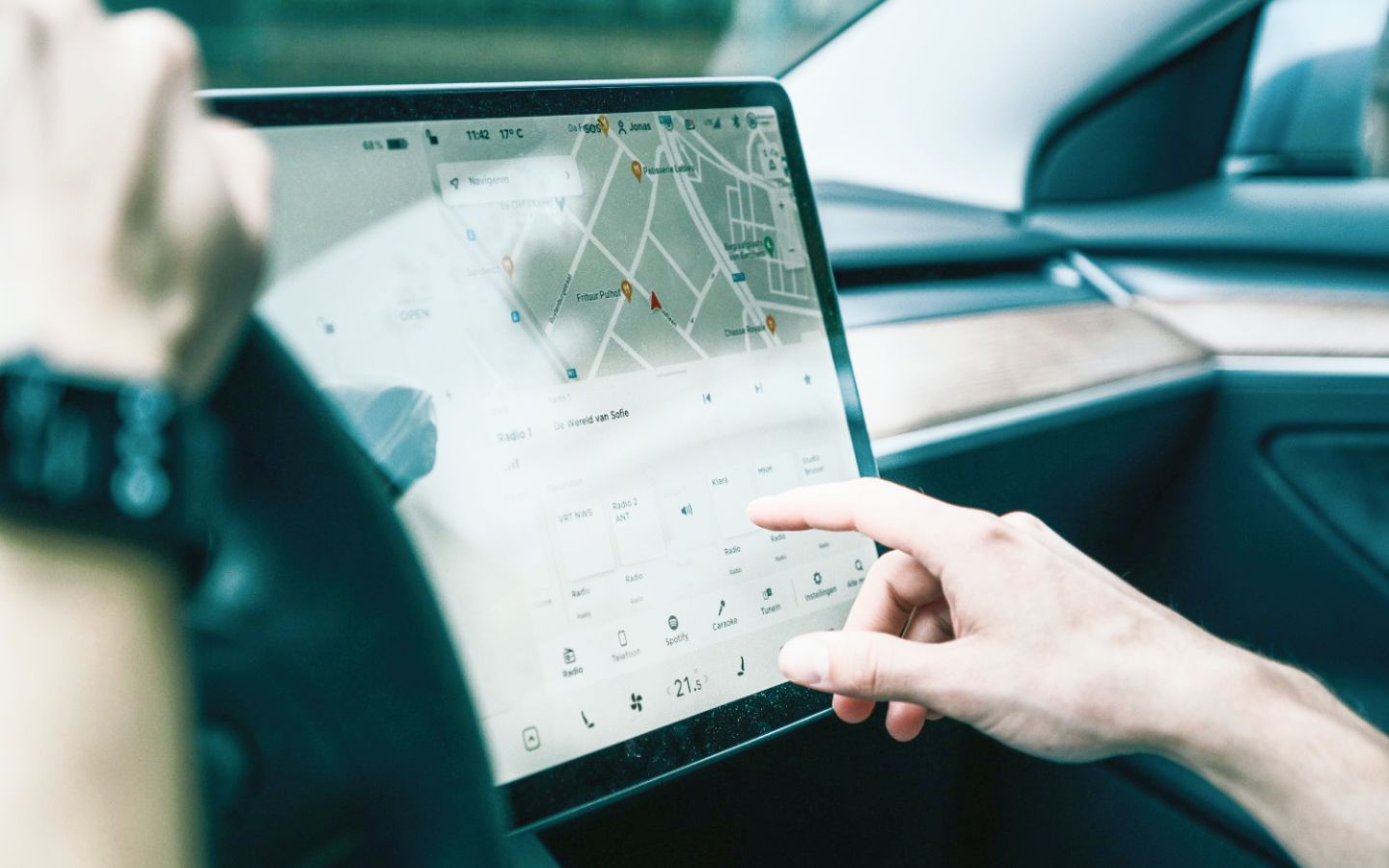

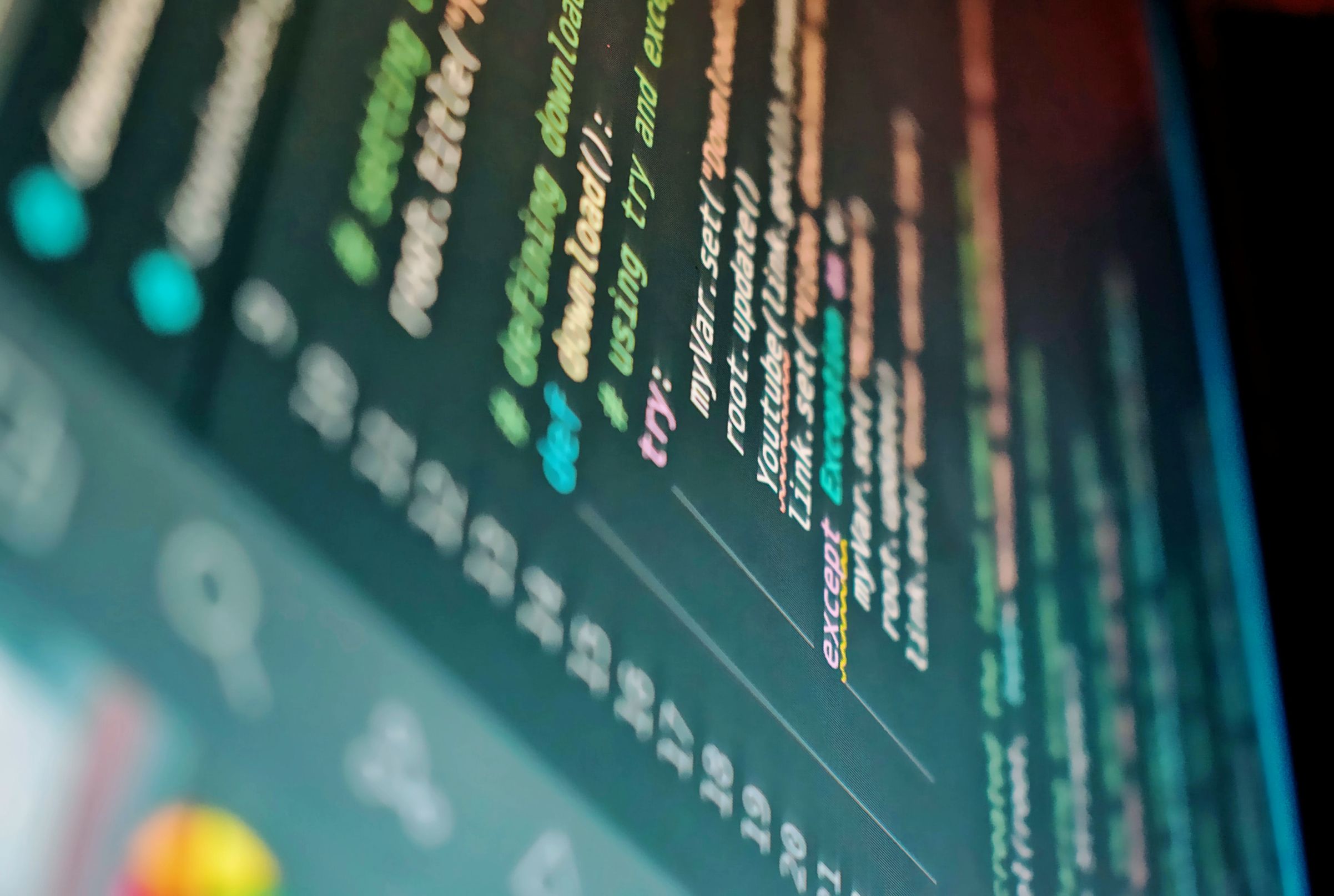
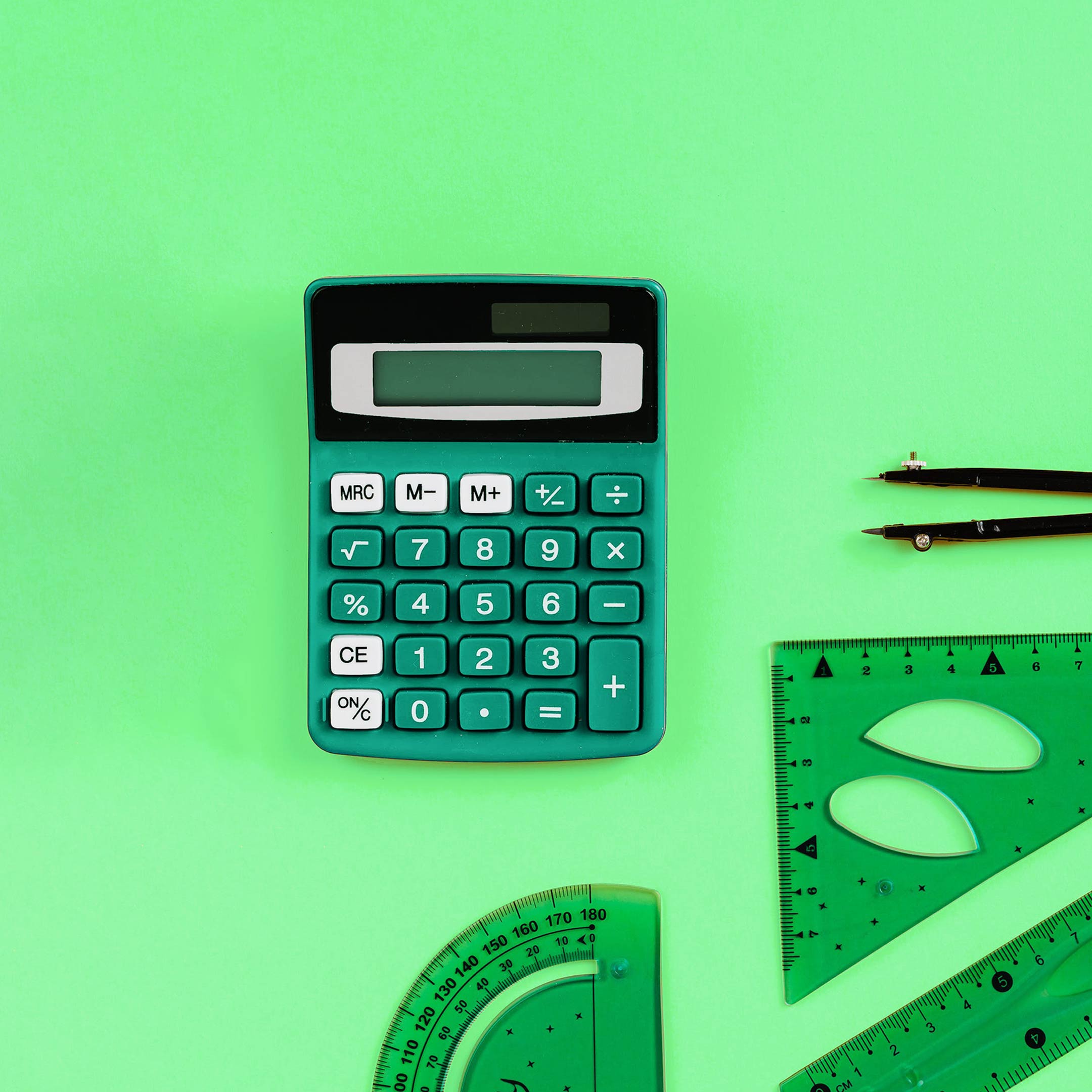

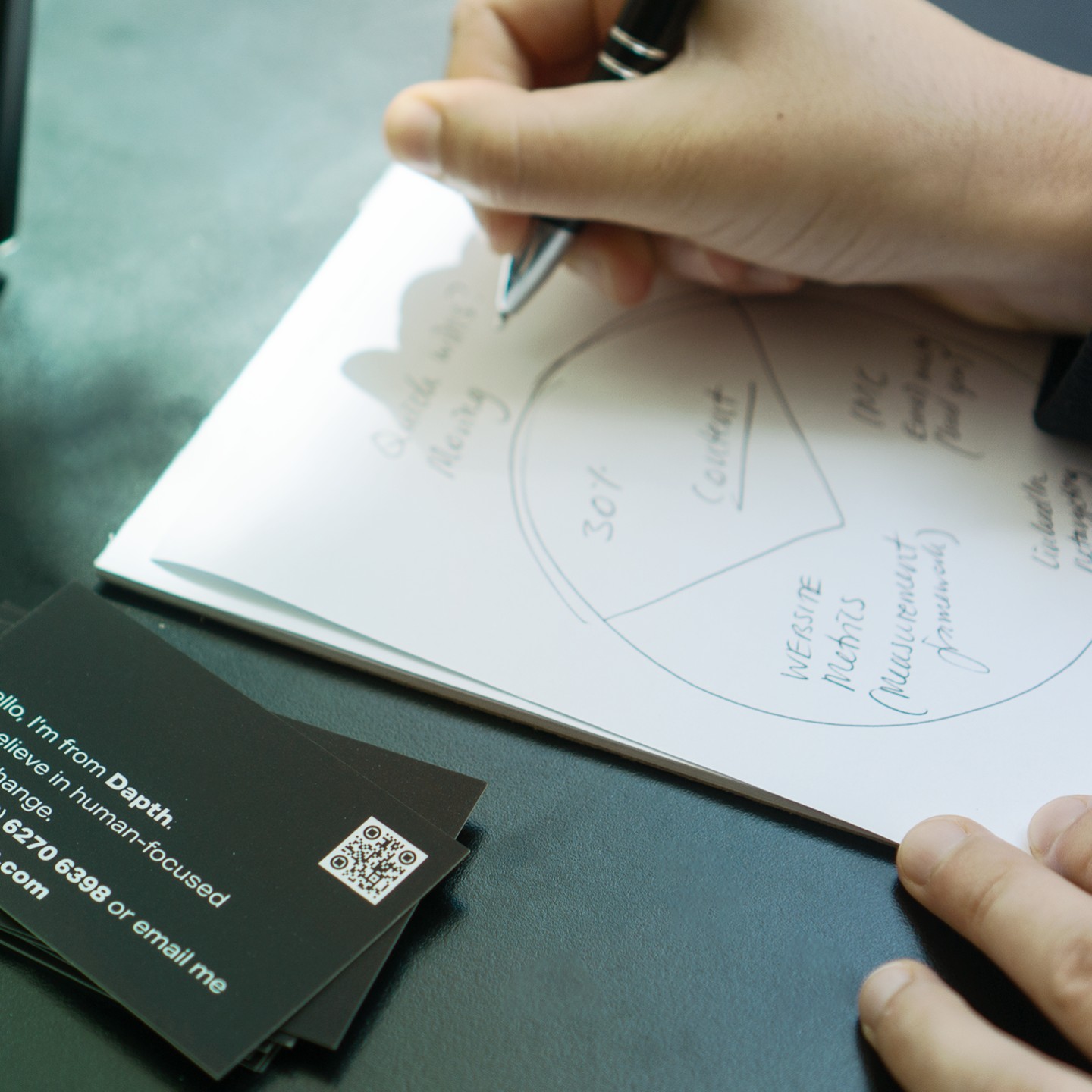
_web.webp)
_web.webp)
_web.webp)

_web.webp)

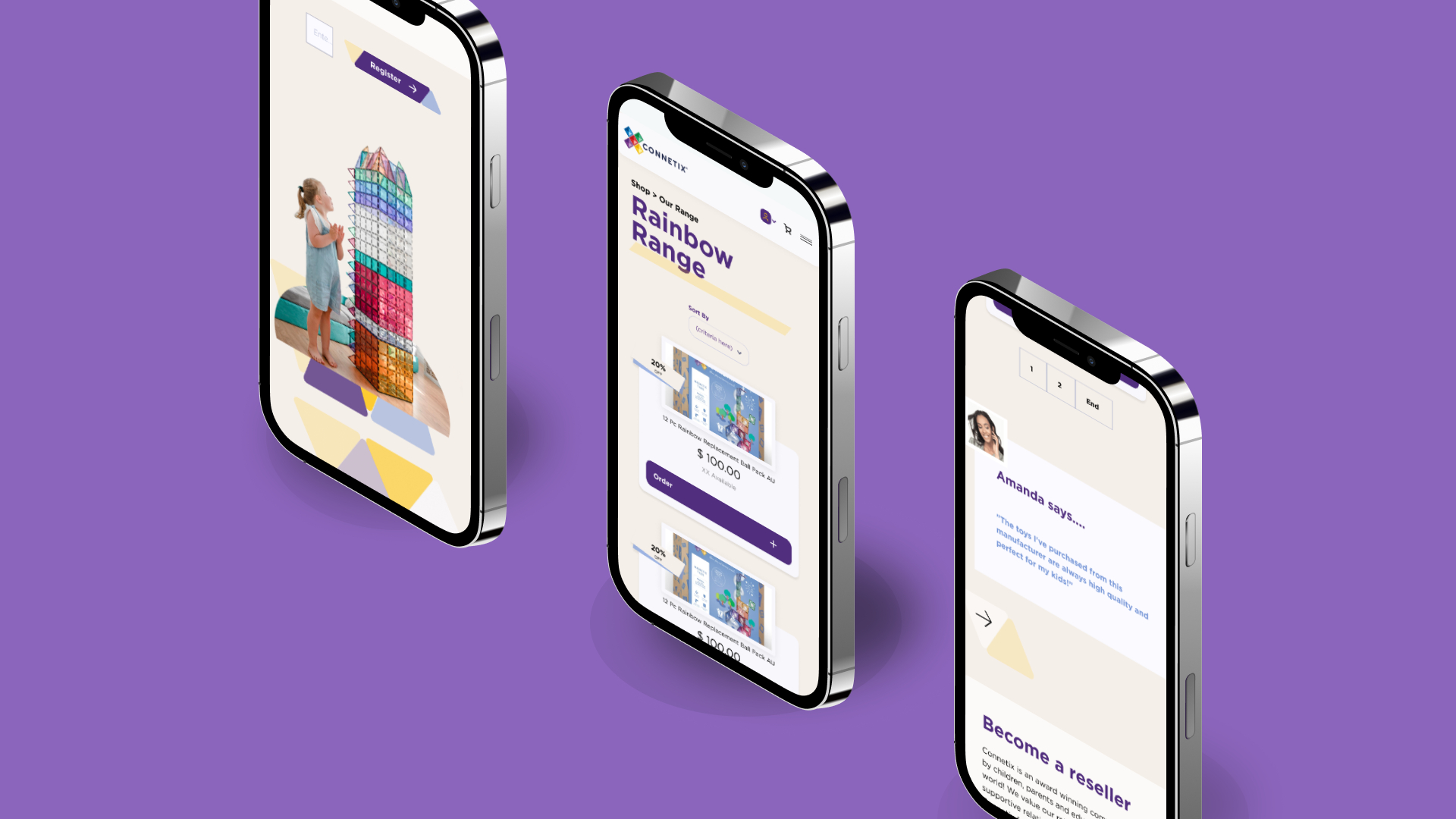
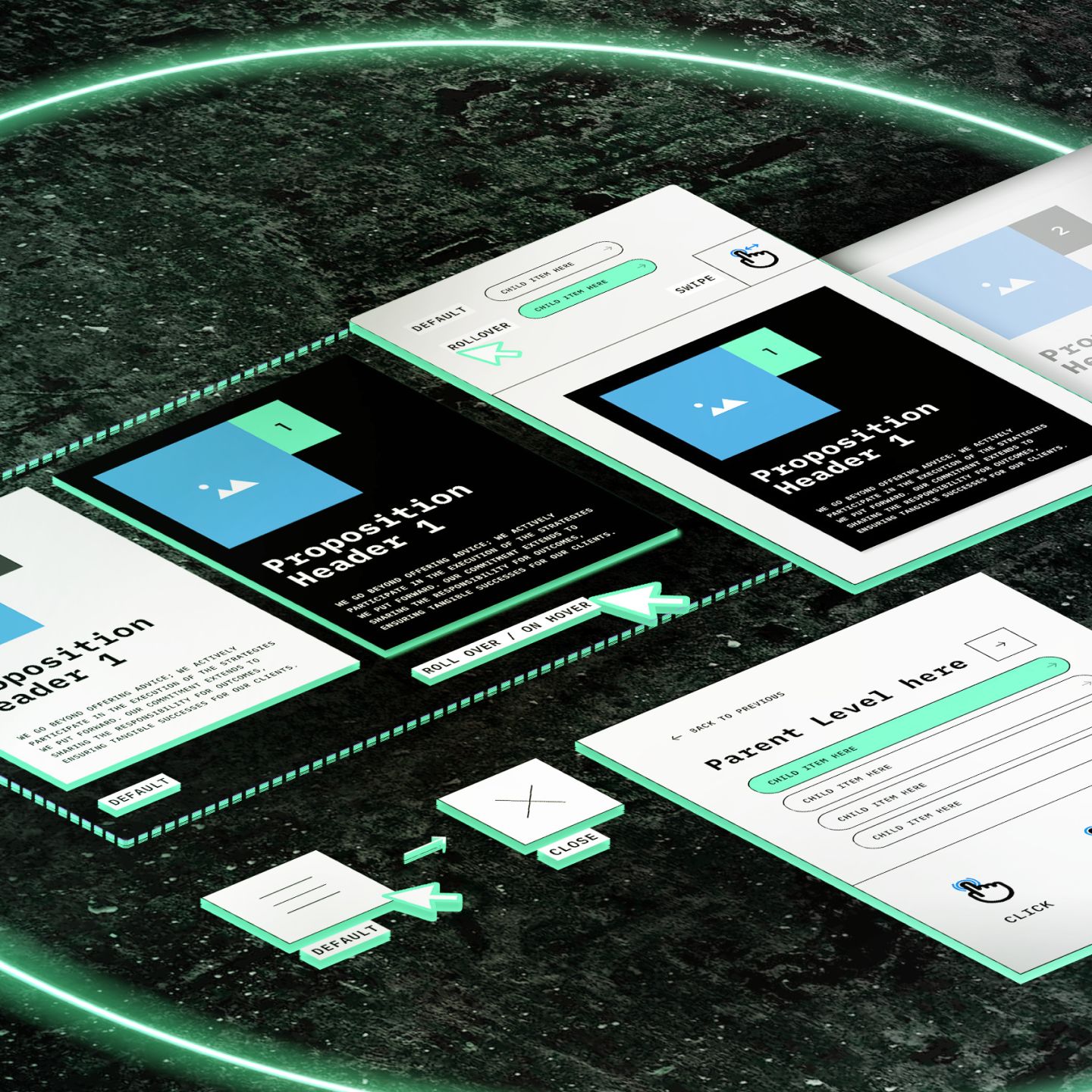
_web.webp)
